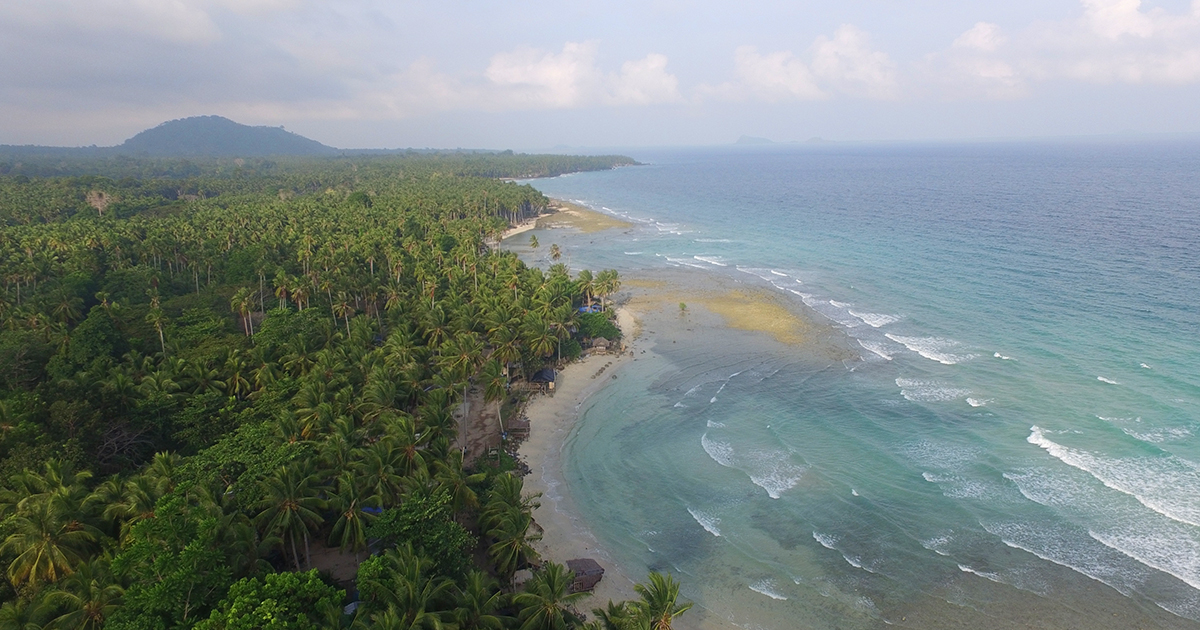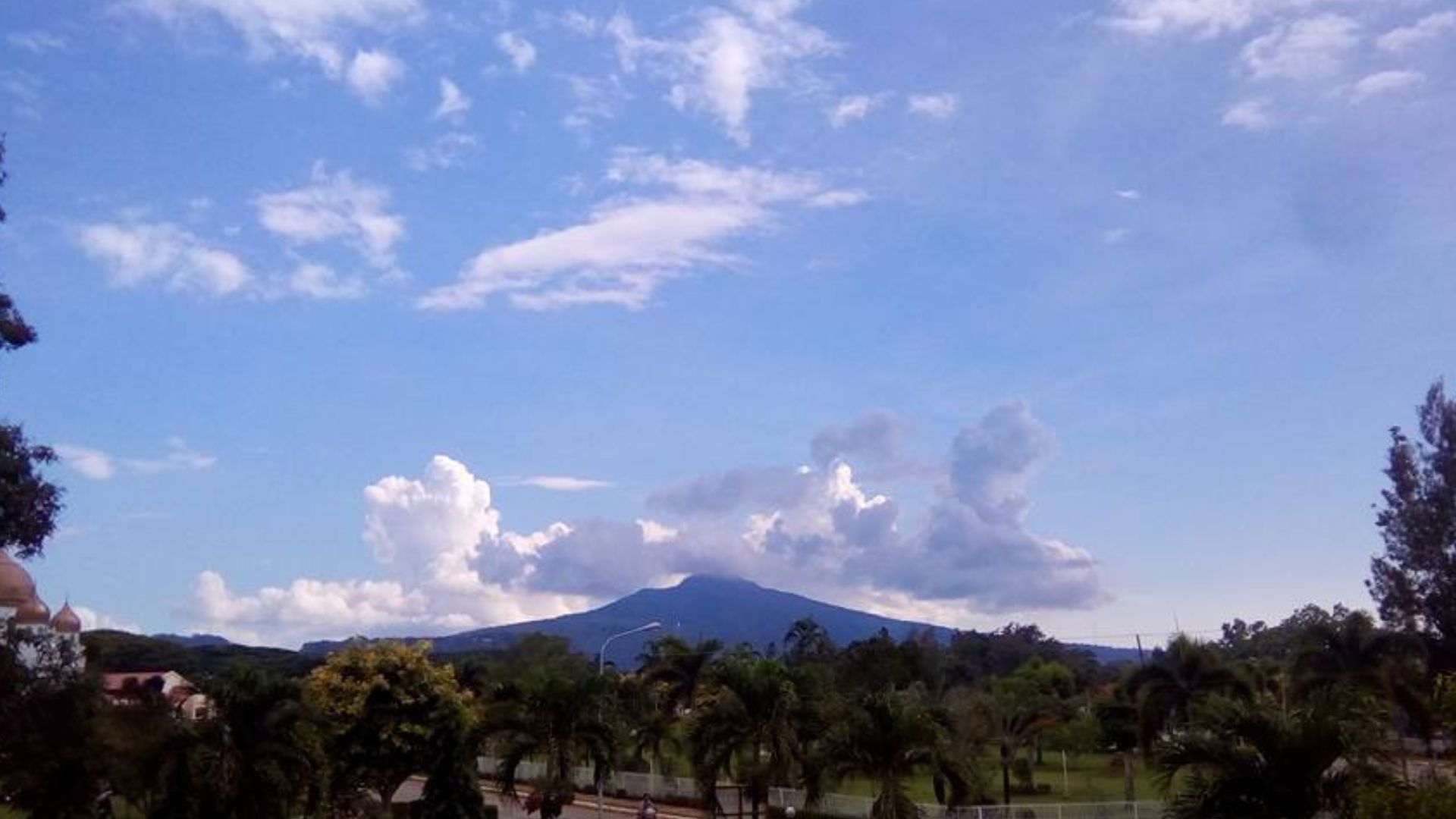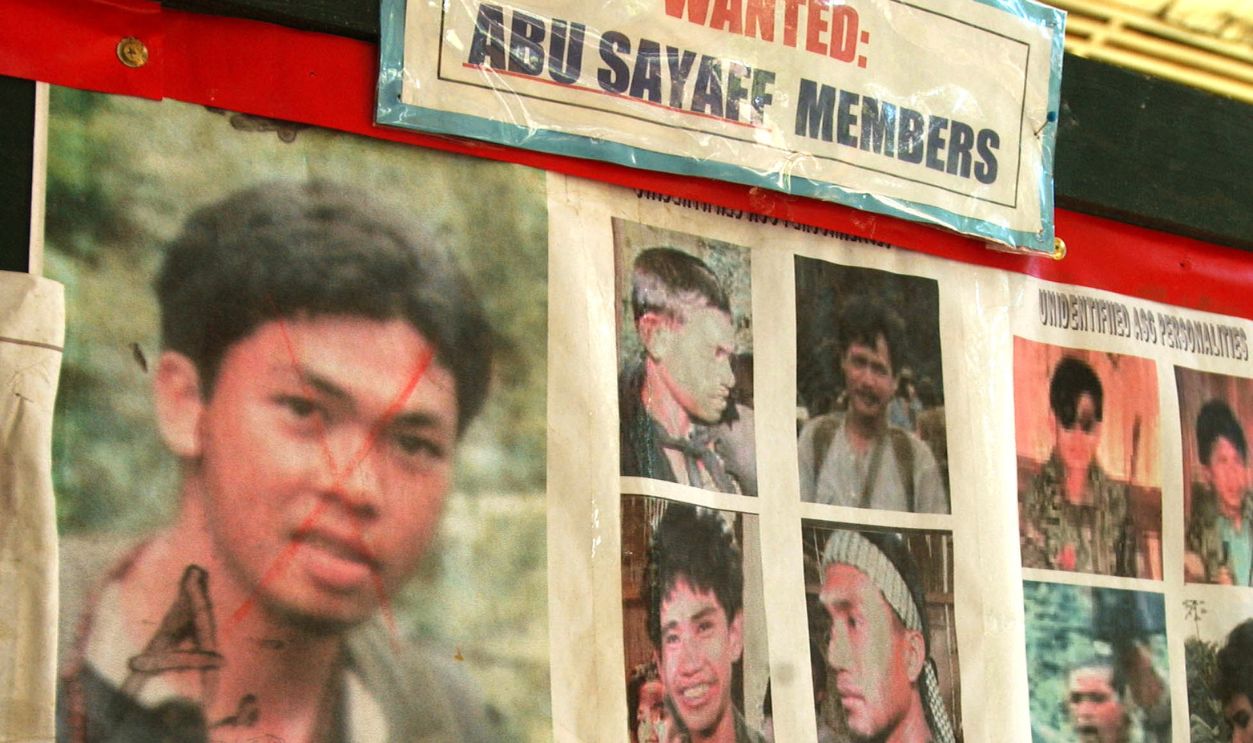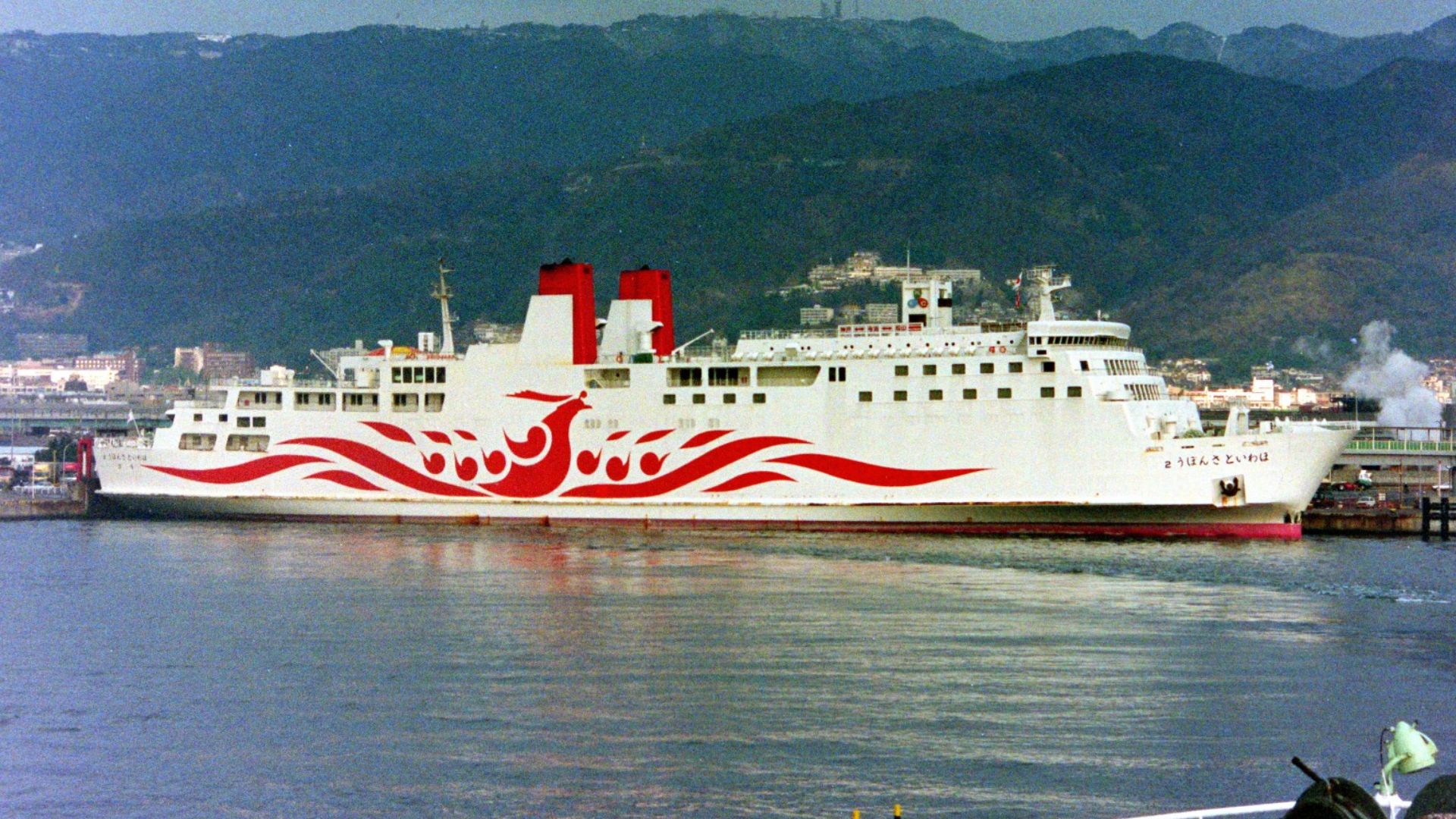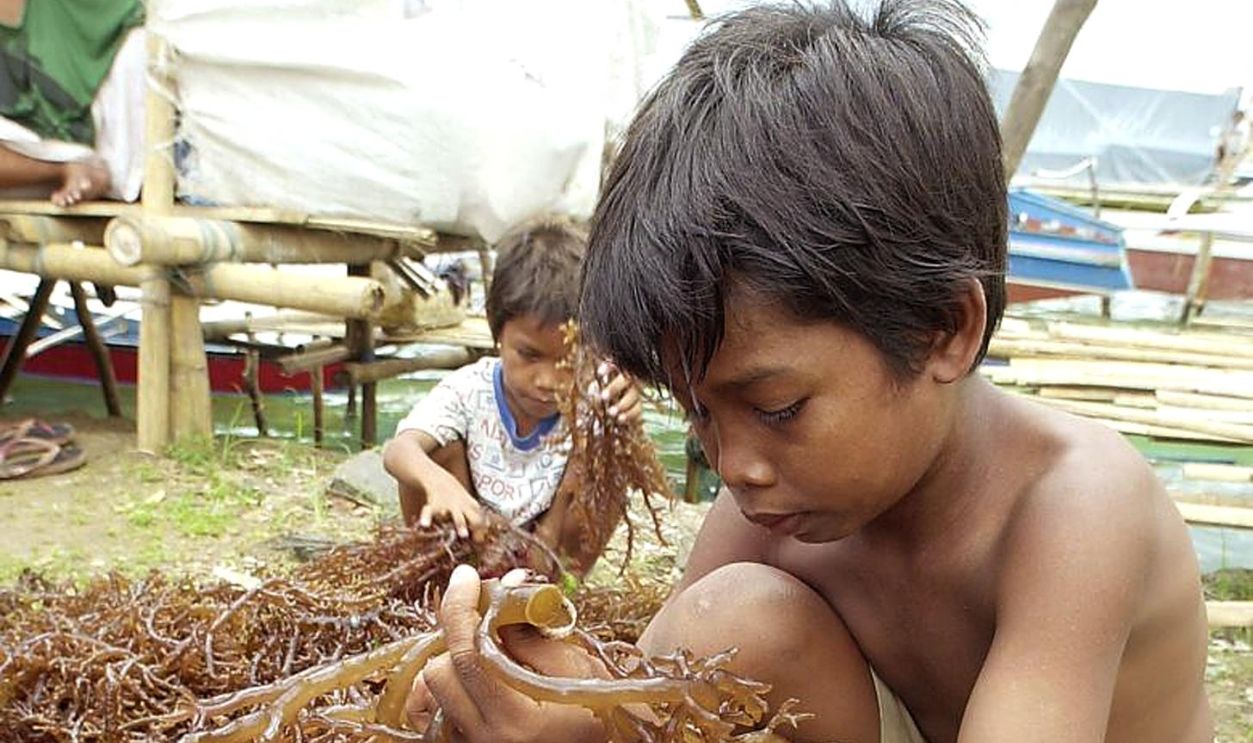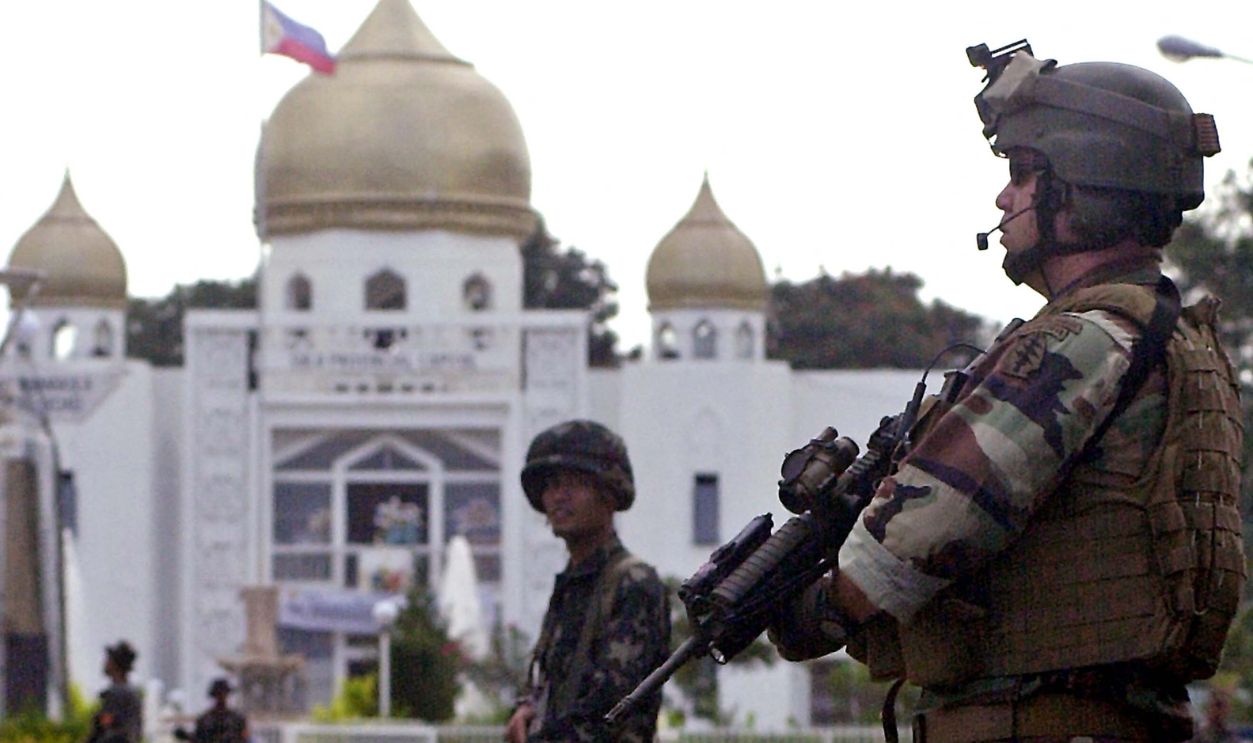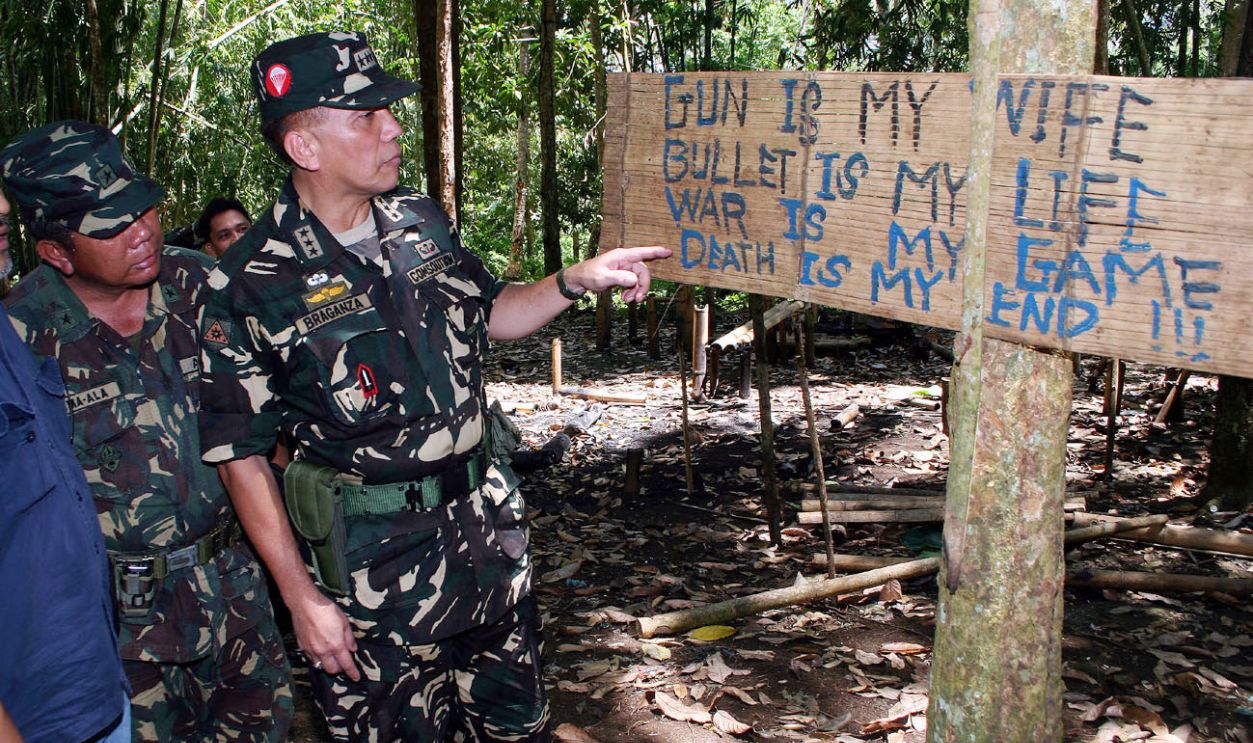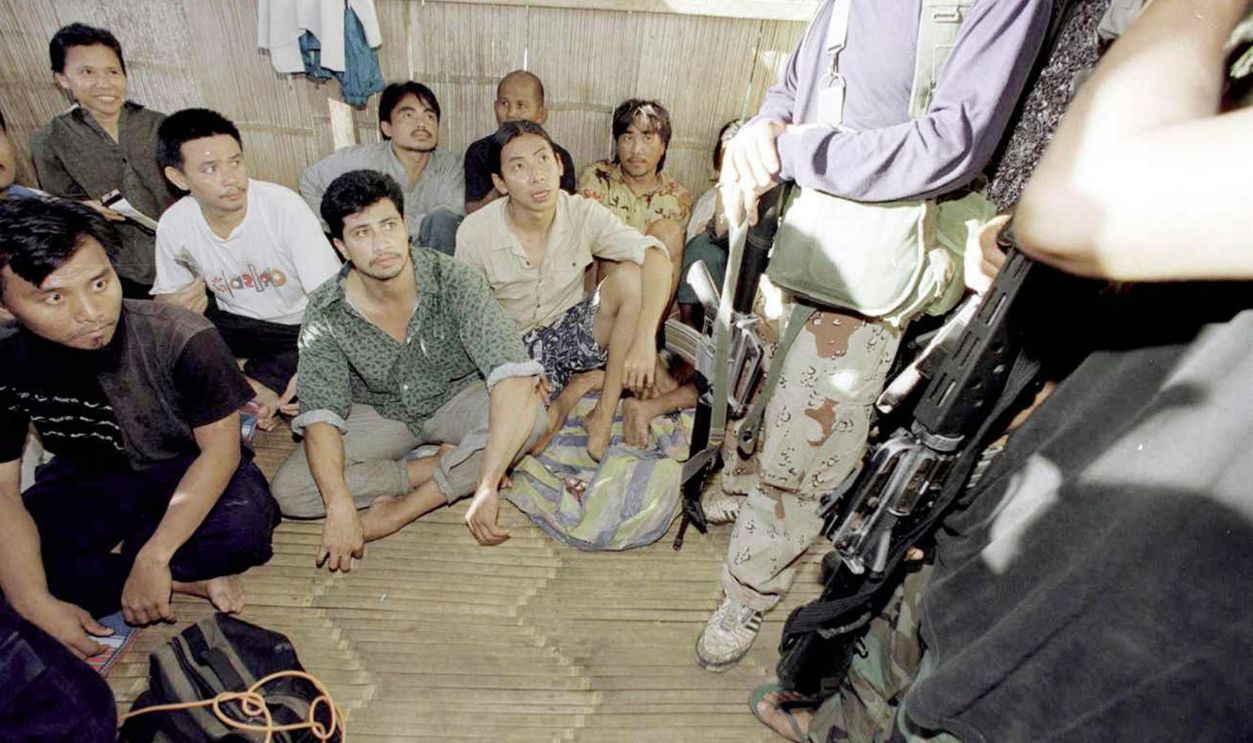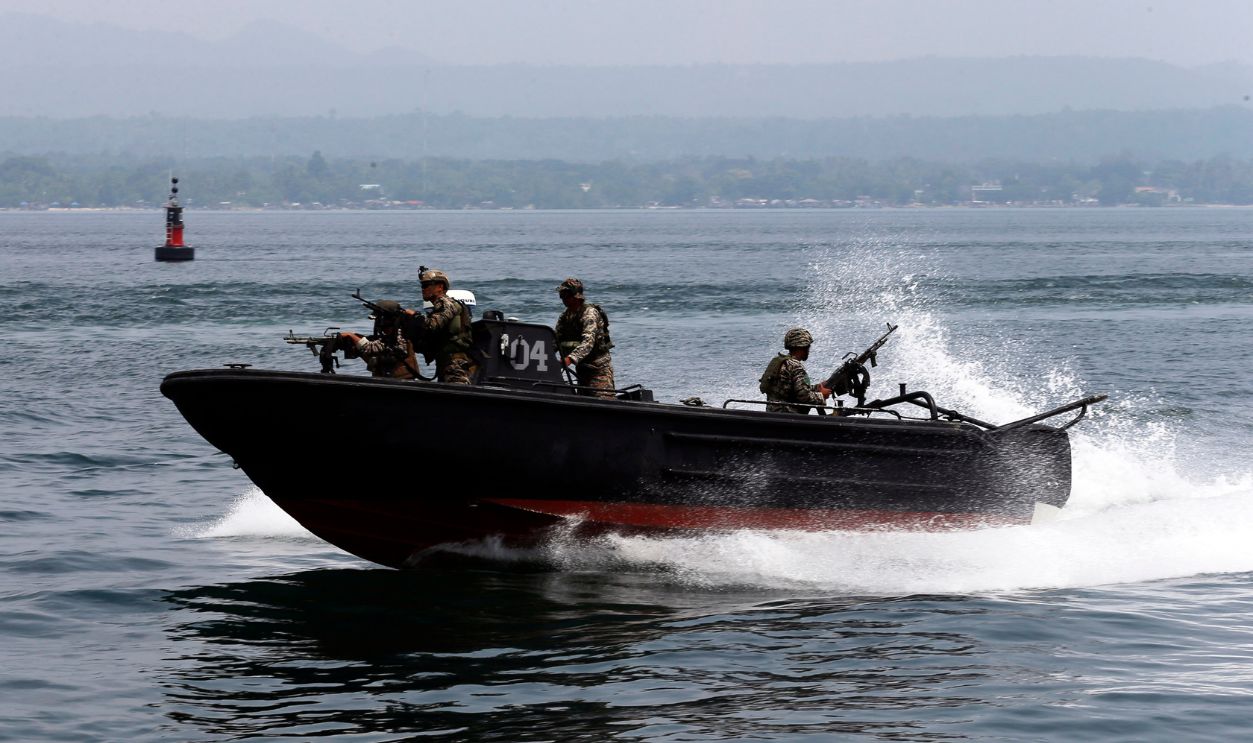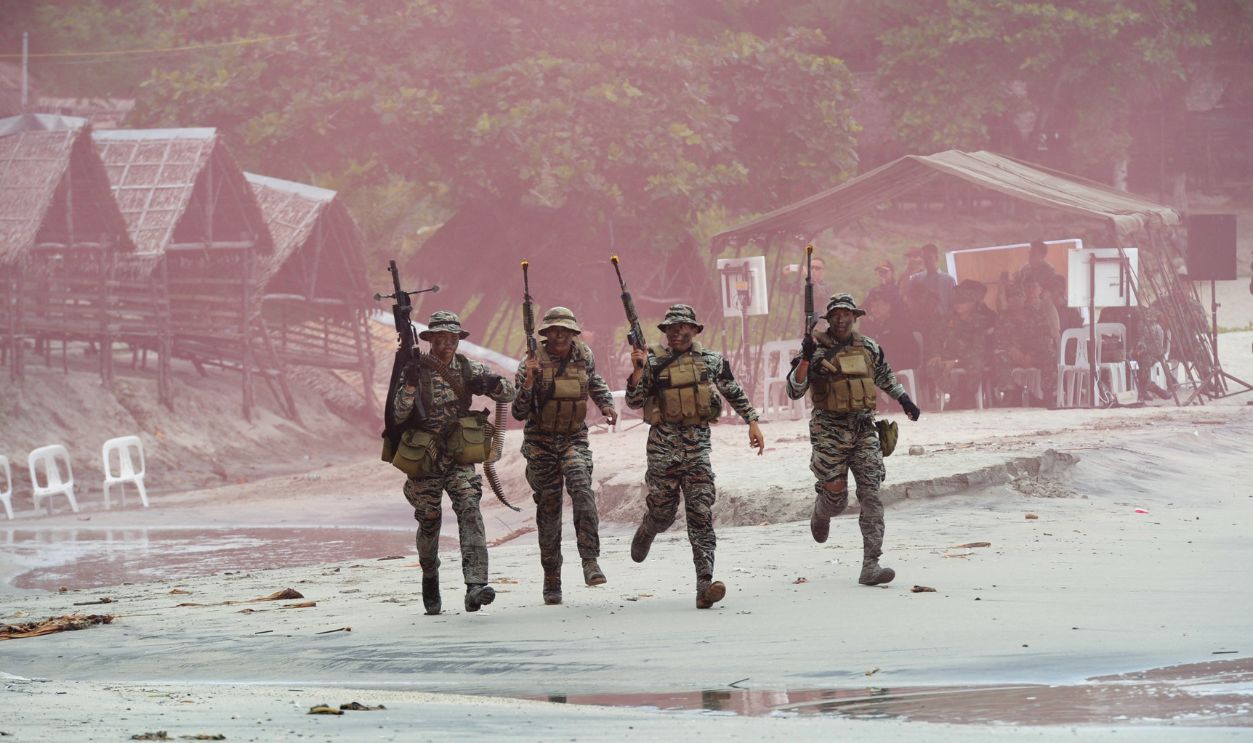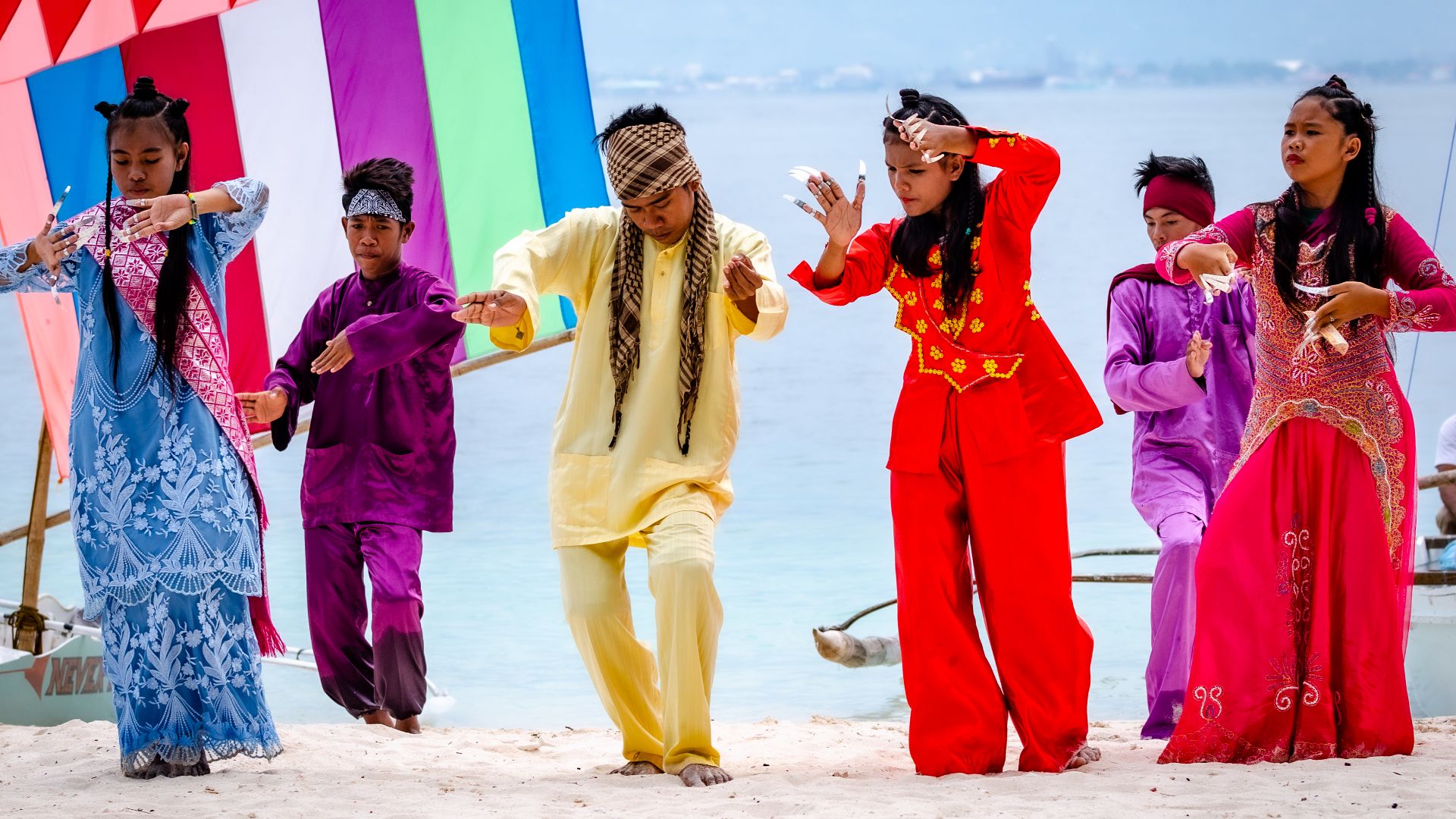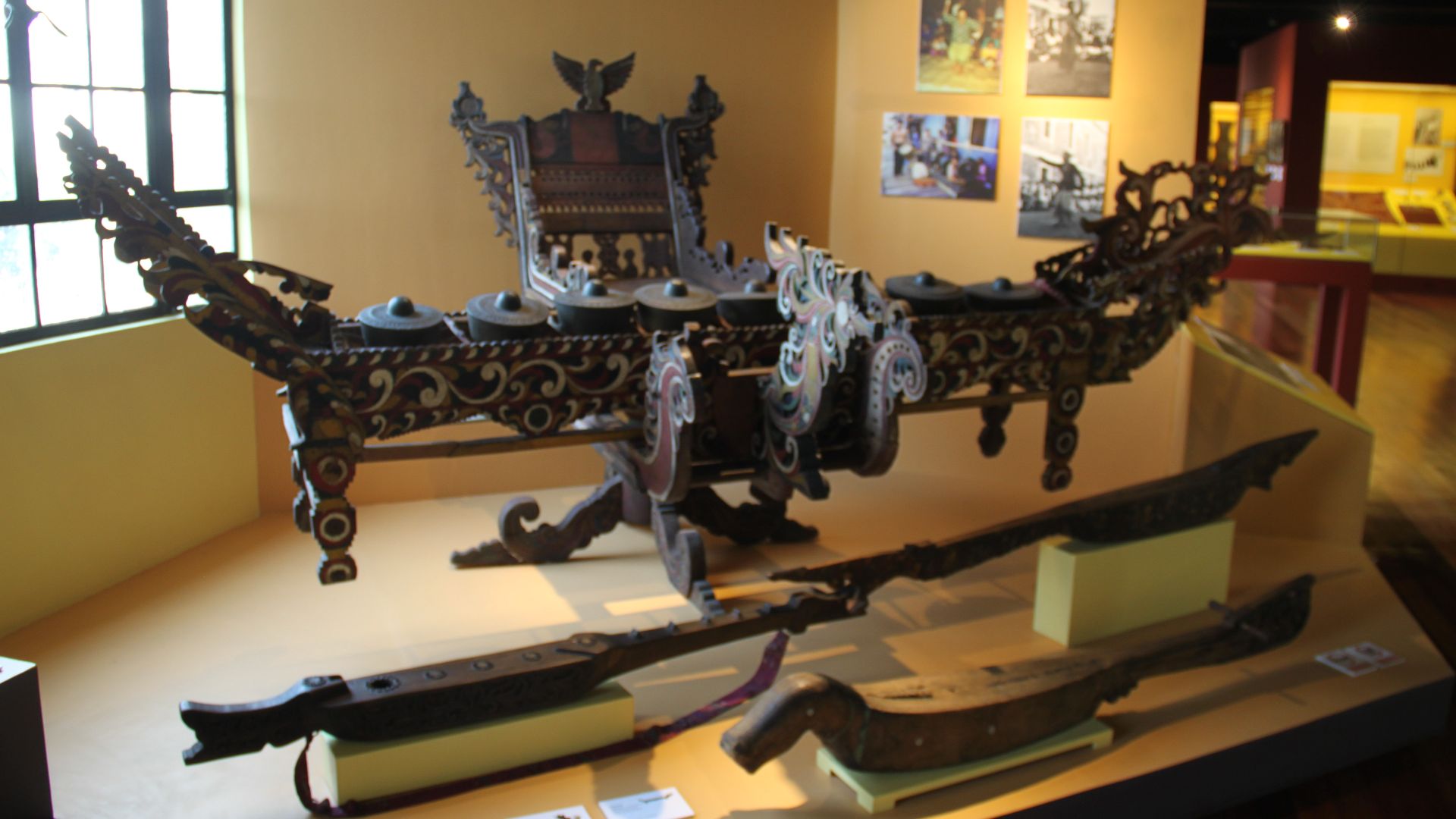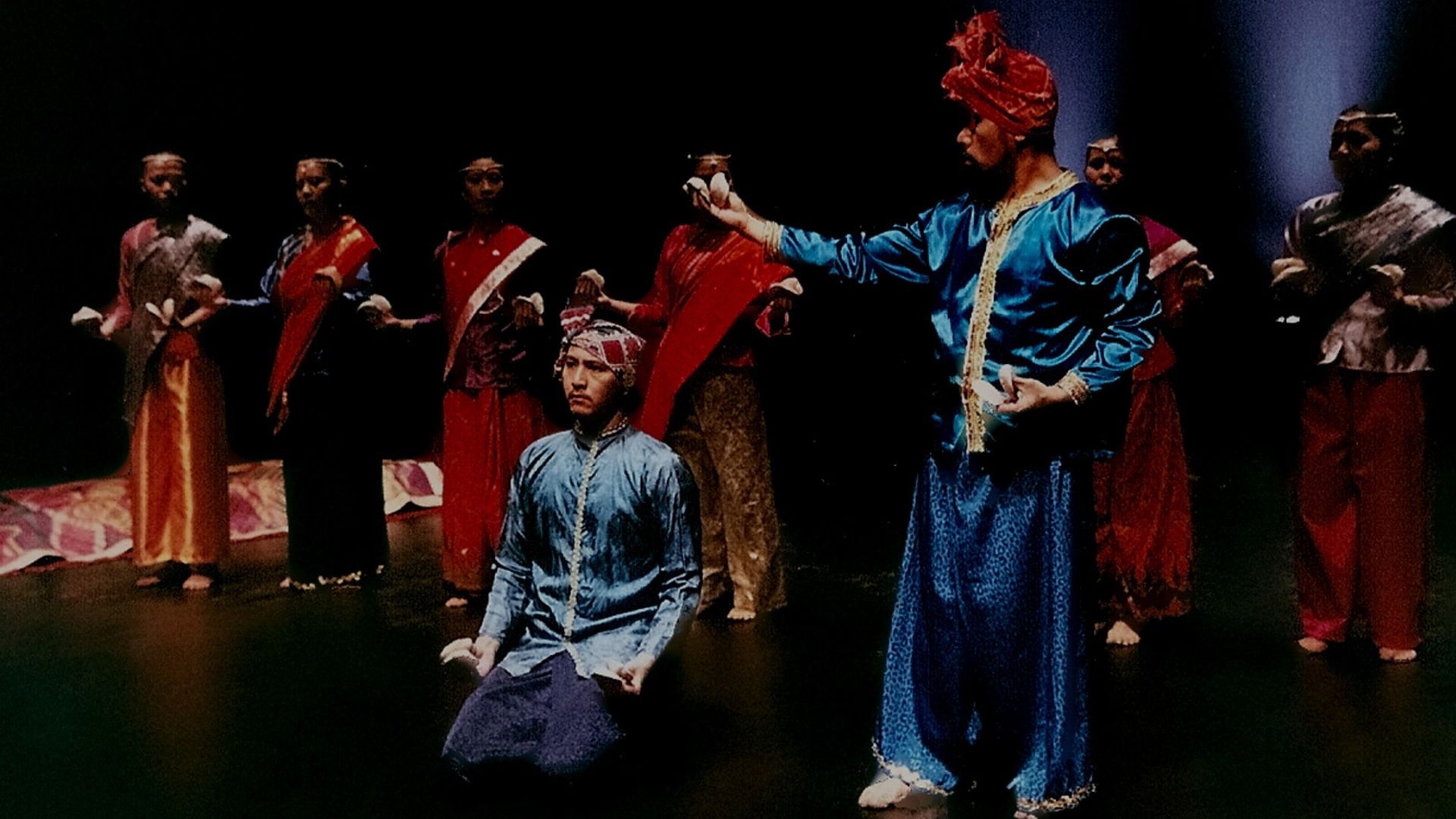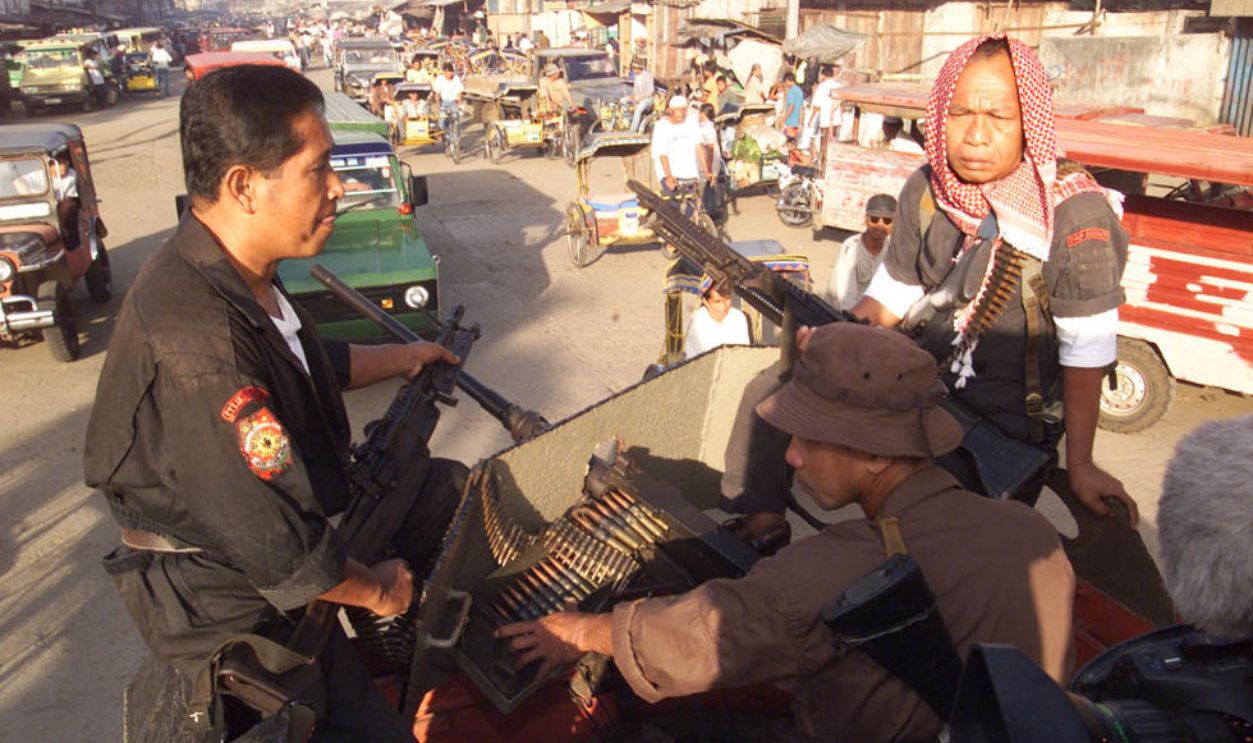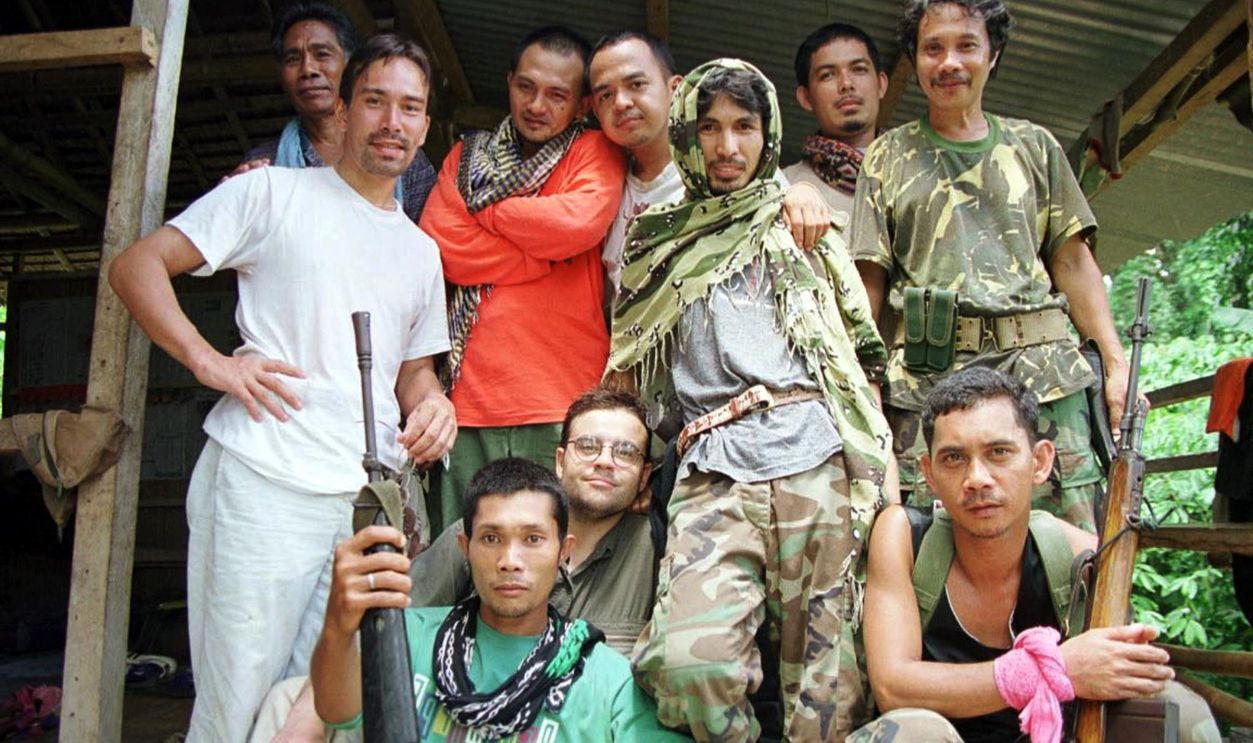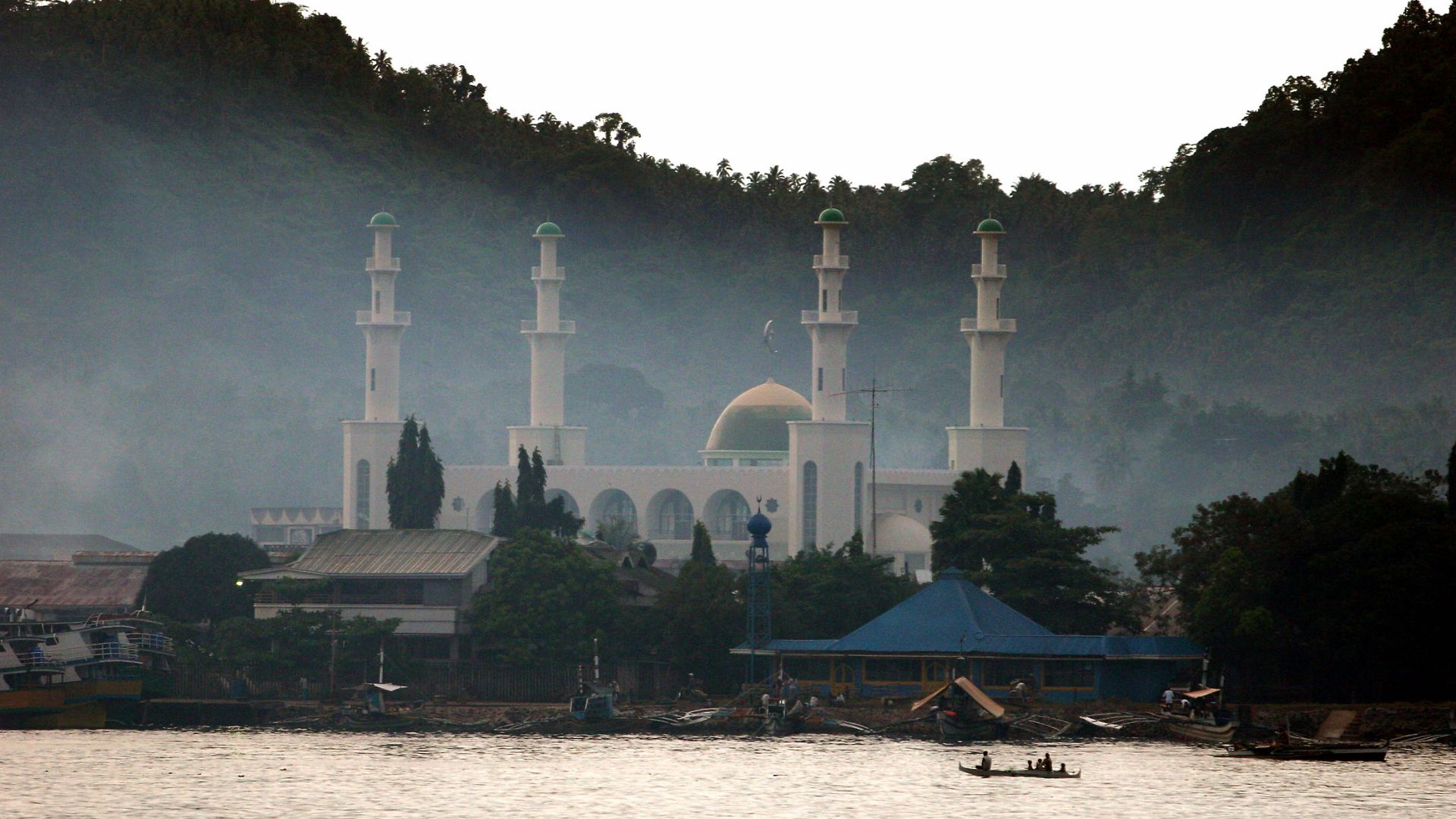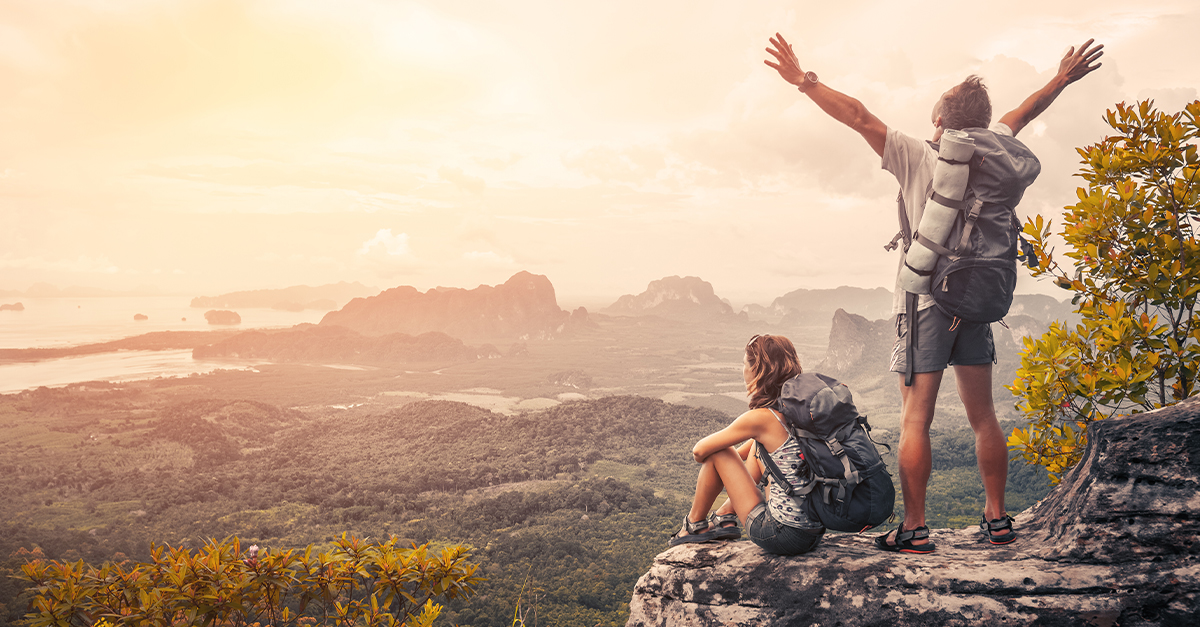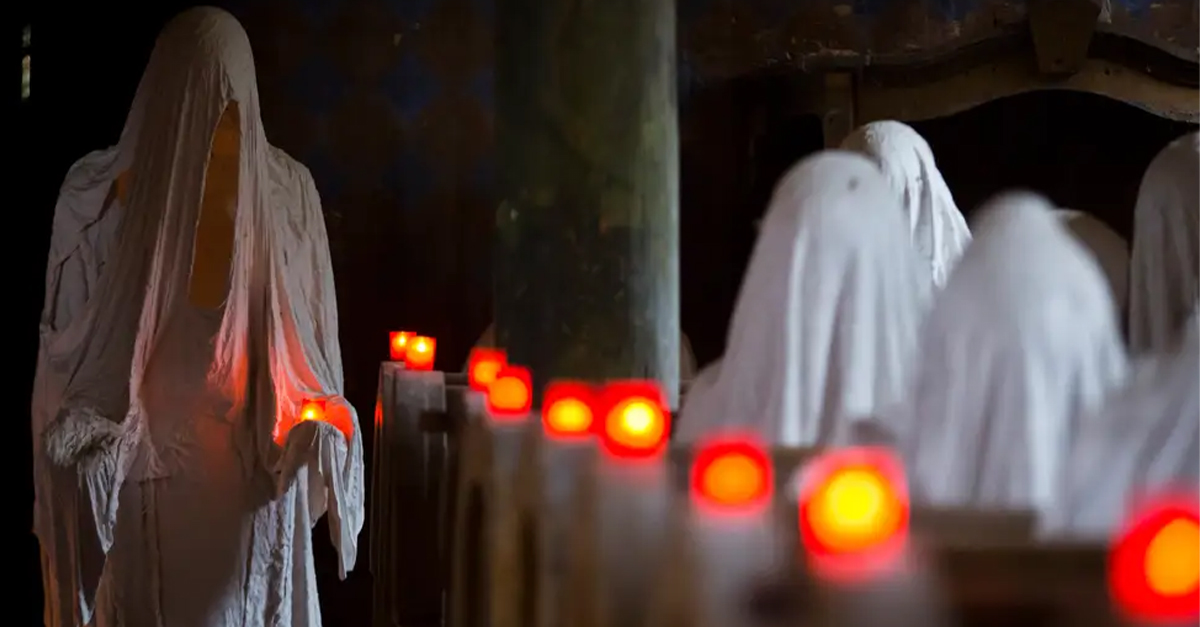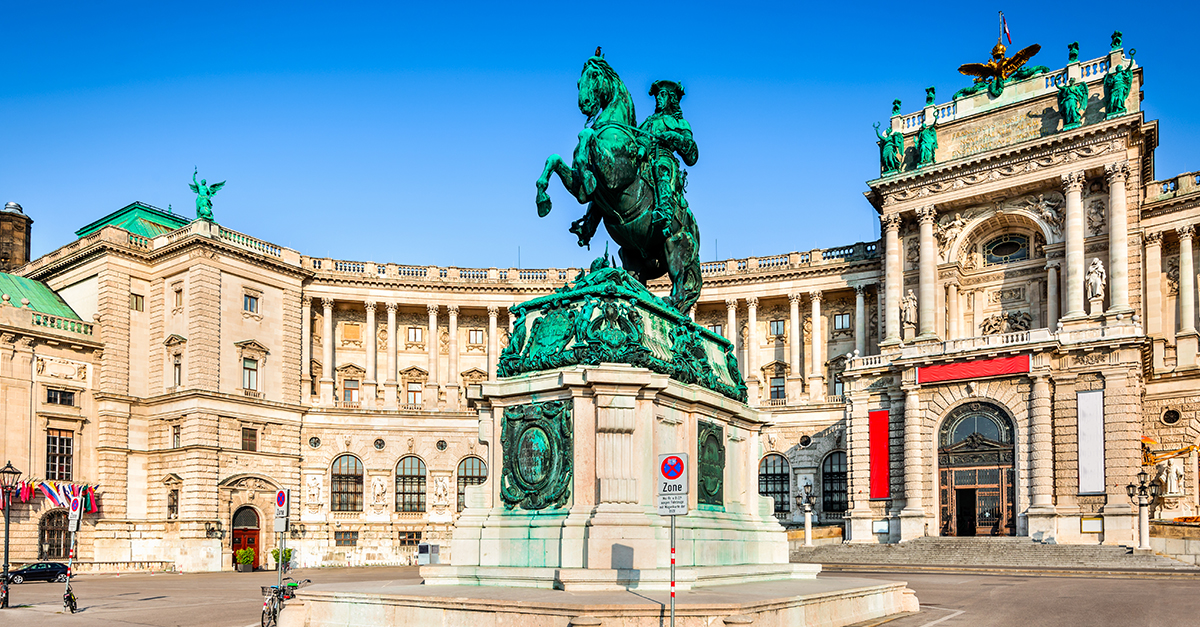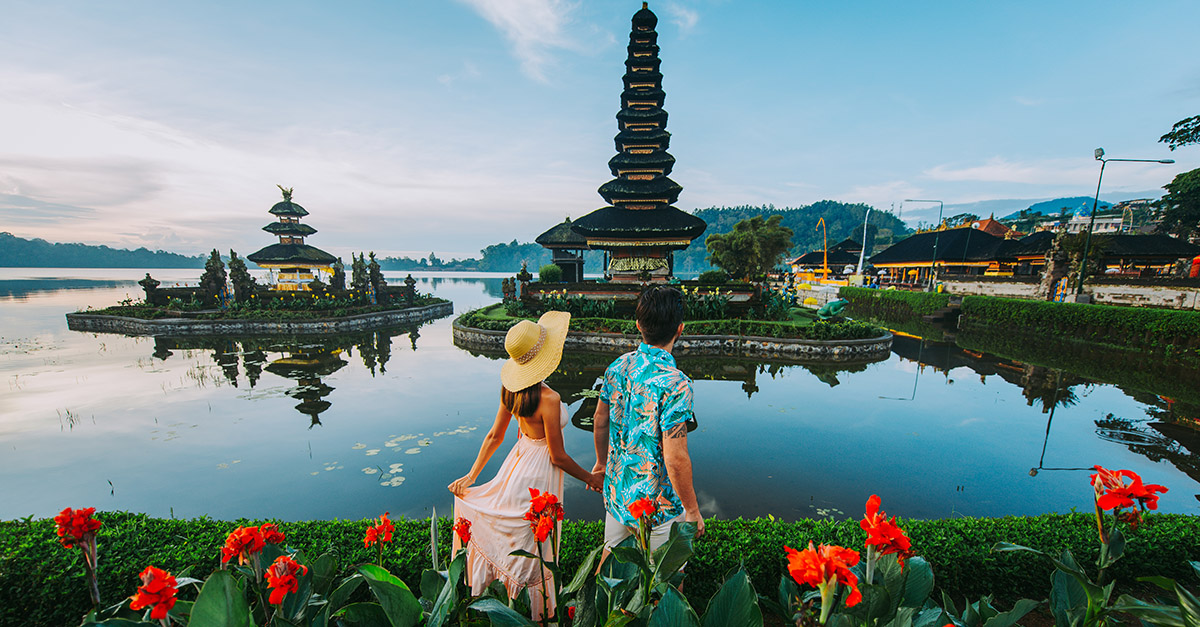A Paradise Wrapped In Peril
Jolo Island is one of the most culturally rich and geopolitically complex islands in the Philippines. It’s part of the Sulu Archipelago and has a reputation for its stunning beauty, unmatched resilience—and serious conflict.
For decades, Jolo has been the stronghold of one of the most violent terror movements in the world—making the entire island off-limits.
Today, however, there may be a hint of peace emerging, and hope for an otherwise devastated culture.
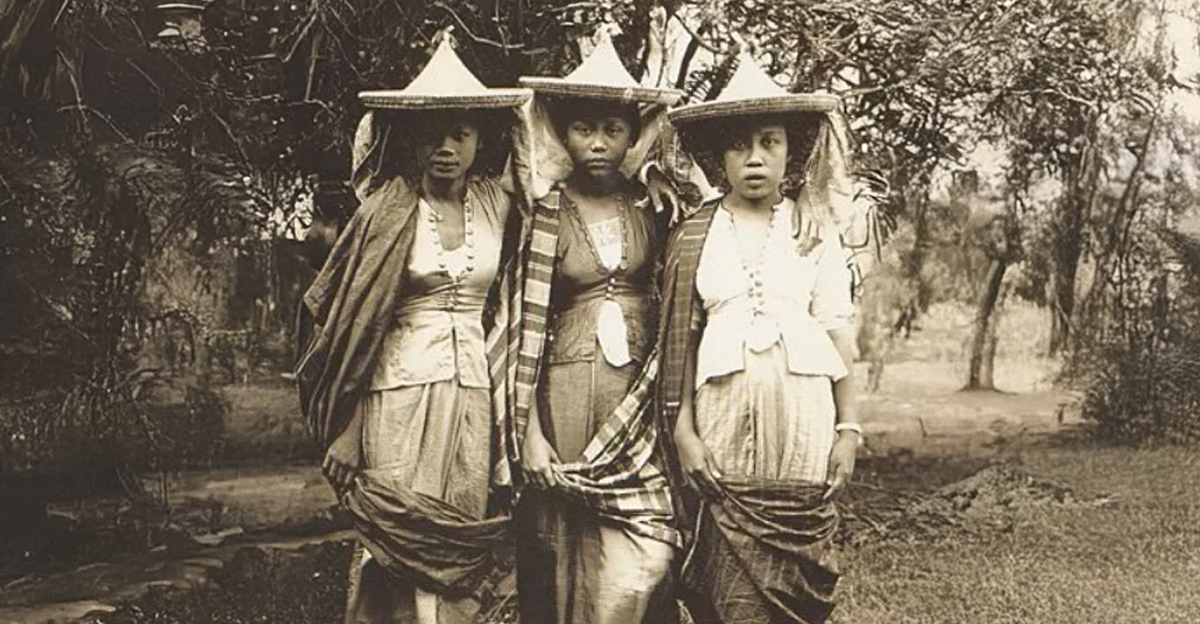
Where Is Jolo Island?
Jolo lies in the southwestern Philippines, between the islands of Mindanao and Borneo. It sits in the Sulu Sea and is part of the Sulu Archipelago. The island is absolutely stunning, with turquoise waters and lush jungles, but its remote, strategic location has made it a crossroads for trade—and a hotspot for conflict.
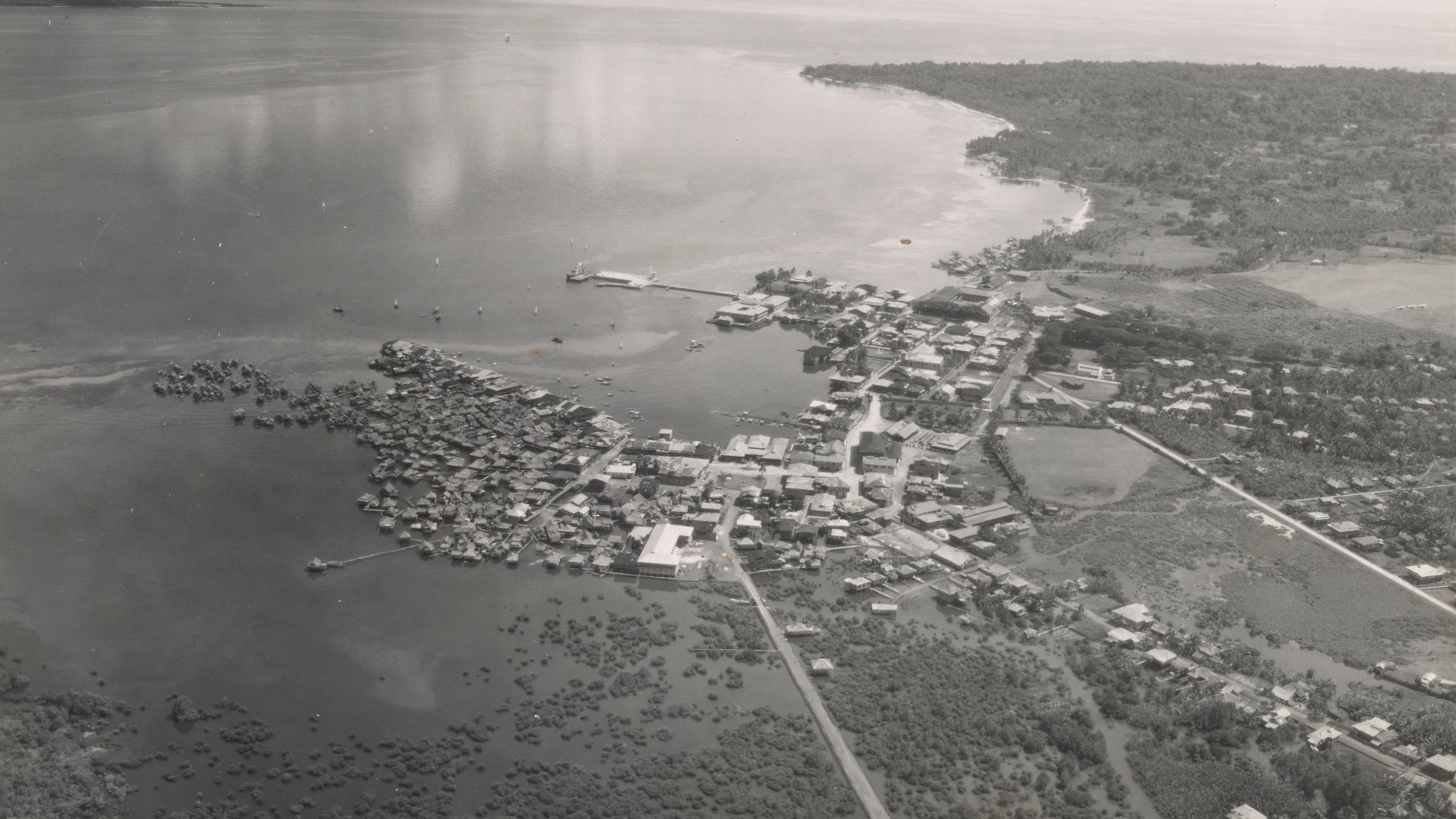 Unknown author, Wikimedia Commons
Unknown author, Wikimedia Commons
Who Lives There?
The Tausūg are the largest ethnic group on Jolo Island. They are part of the larger Moro group and are primarily Muslim. They’re known for their strong sense of pride, bravery, and tight-knit communities. Tausūg culture is super rich—filled with beautiful textiles, traditional dances, and flavorful food like tiyula itum (a spicy black beef soup) and satti (grilled skewers with spicy sauce).
They're certainly a culture the world would benefit from knowing more about—unfortunately, it's not the locals of Jolo island that make headlines (more on that later).
It's About The Size Of NY
Jolo spans approximately 890 square kilometers (about 344 square miles). That makes it slightly larger than the city of New York. Despite its smaller size, it’s densely populated and geographically diverse, with urban centers, coastlines, mountains—and volcanoes.
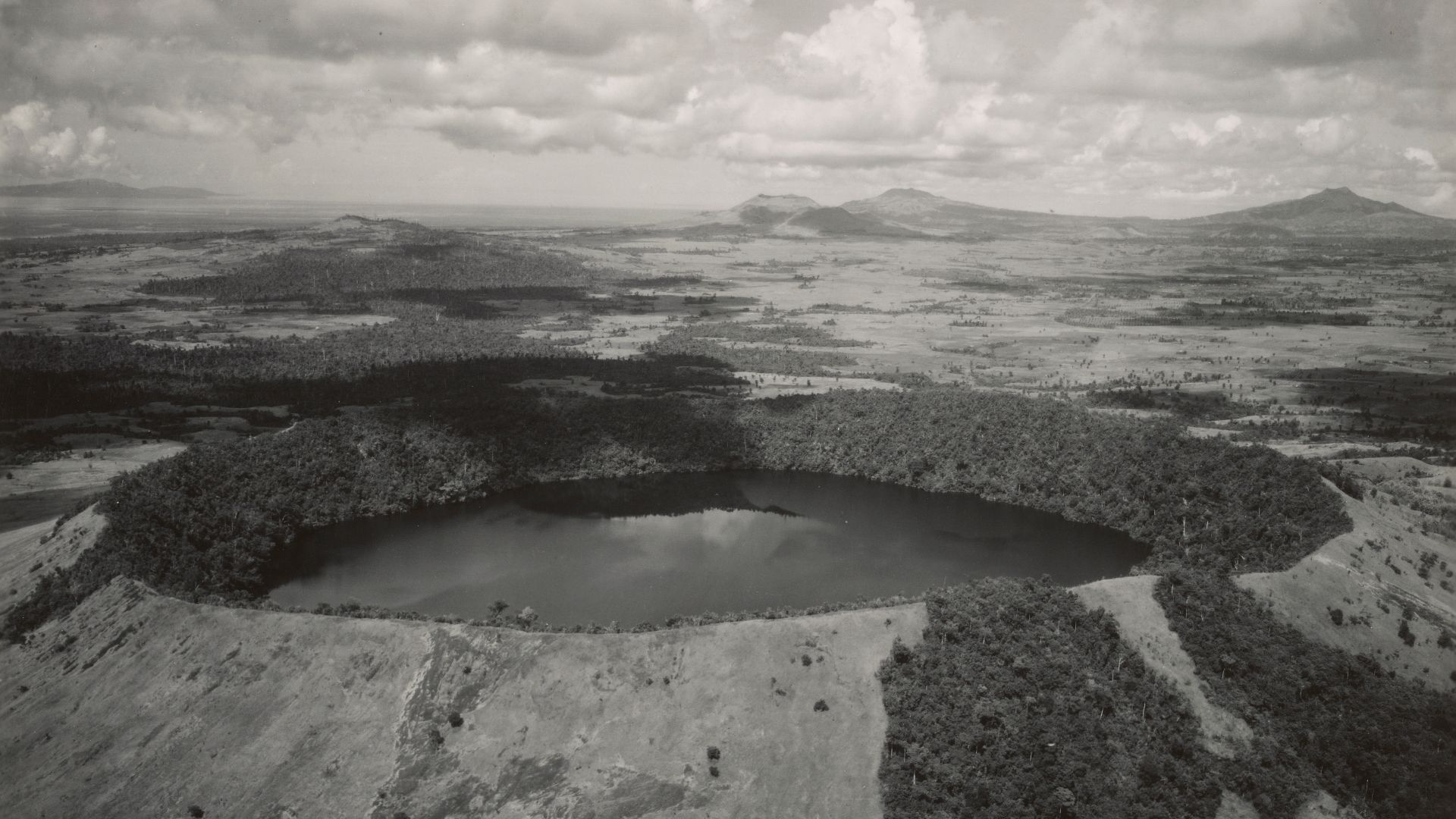 Unknown author, Wikimedia Commons
Unknown author, Wikimedia Commons
It Spews Lava
Jolo Island is the location of the Jolo Group of Volcanoes, an active volcanic group that consists of many volcanic cones and craters. Some actually spew lava, while others release gasses and ash. The most well-known volcano on the island is Bud Dajo—a dormant volcano with a dark history.
A Historical Massacre
Bud Dajo is not active now, but it once played a big role during the American occupation in the early 1900s, when hundreds of locals took shelter there in a tragic event known as the Bud Dajo Massacre—where US military forces took the lives of 100 men, women, and children during an attack.
Population has always been a challenge on Jolo.
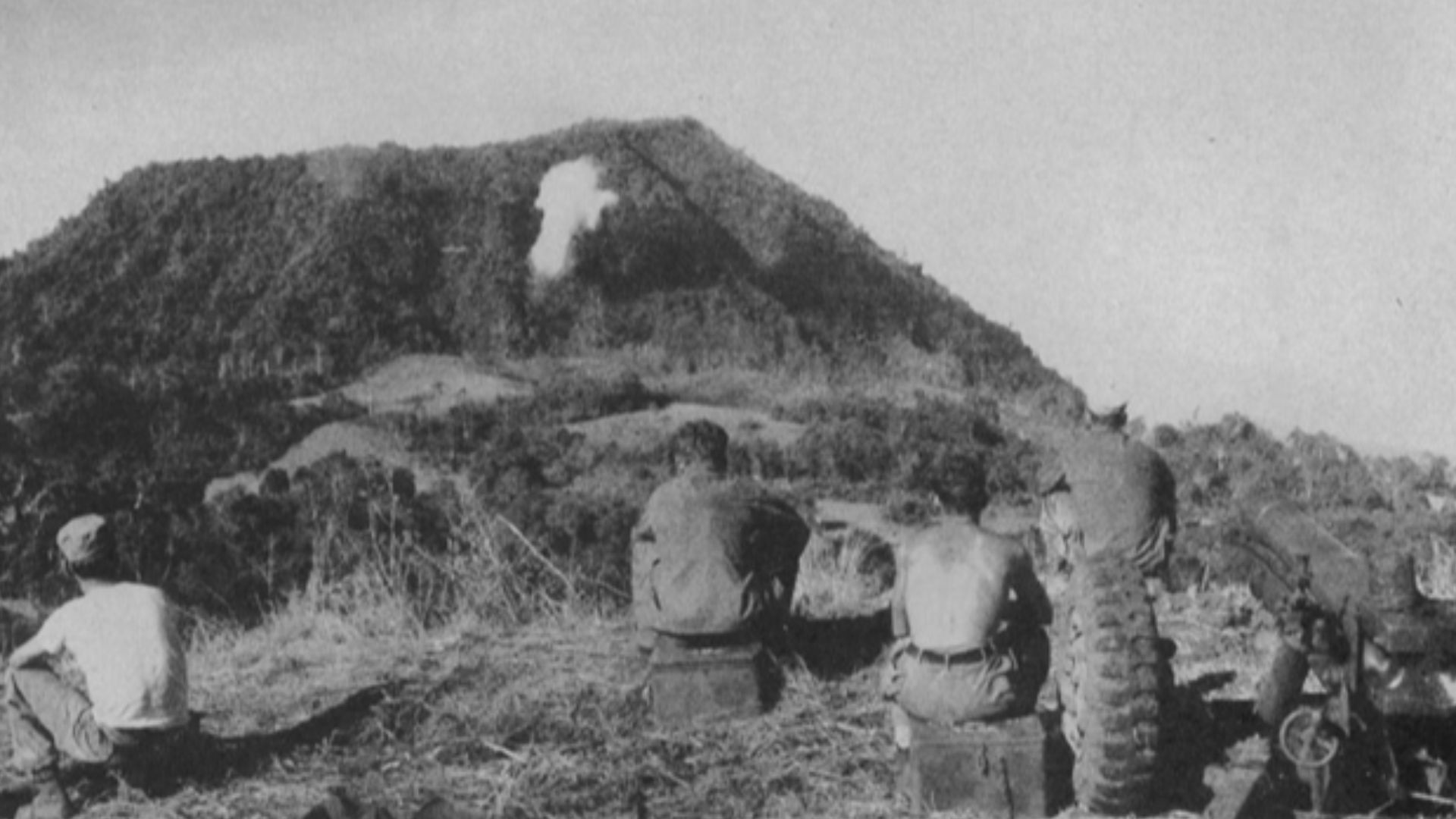 U.S. Marine Corps, Wikimedia Commons
U.S. Marine Corps, Wikimedia Commons
They Mostly Live Off-Grid
Currently, Jolo Island is home to around 137,000 people—so we think. Because the island experiences near constant conflict, its population is difficult to track. There are believed to be many small communities that live off-grid, who don’t get counted. Some sources say the population could possibly be as high as 500,000, but it can't be confirmed.
Not only that, the island isn’t exactly luxurious.
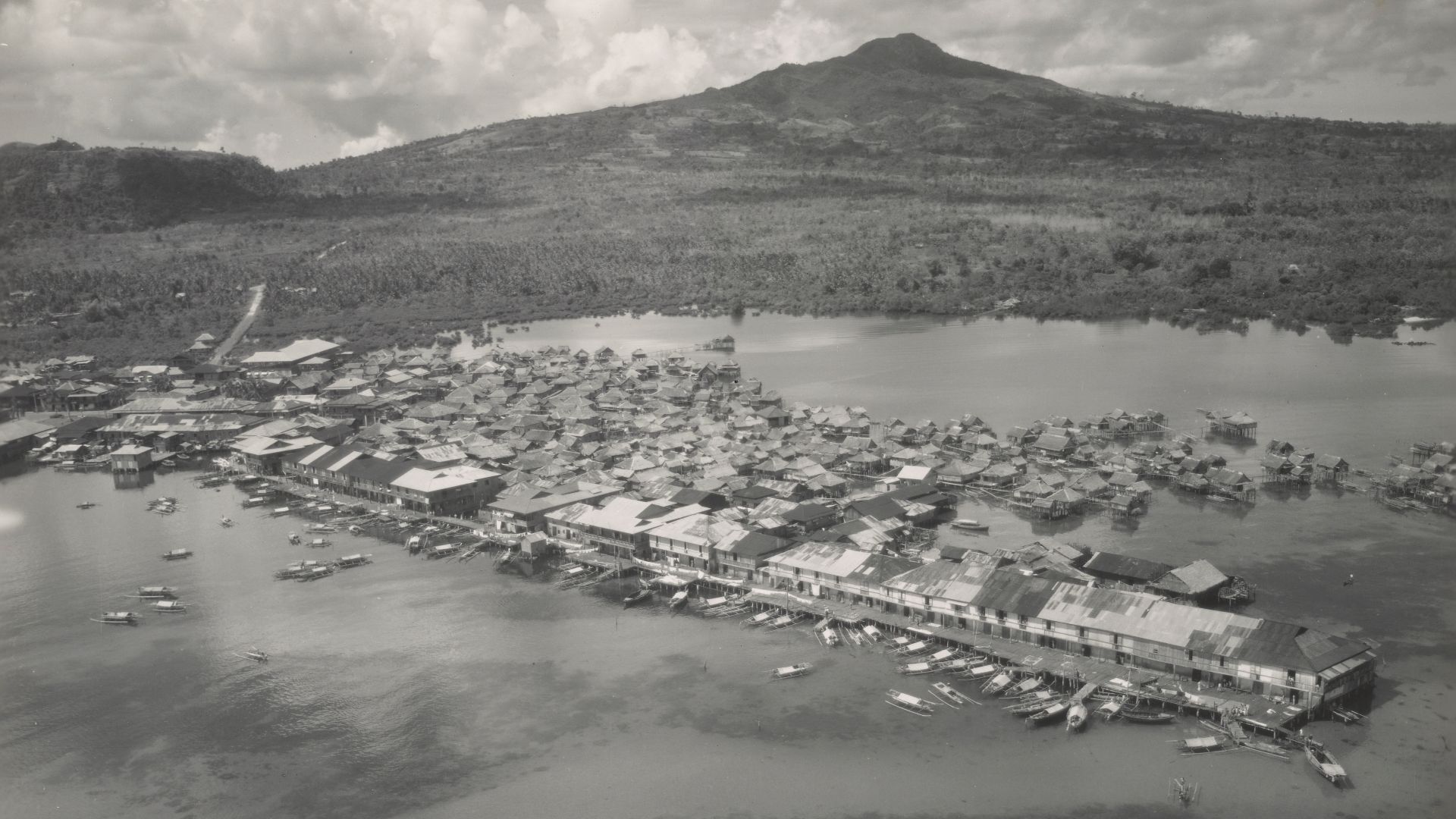 Unknown author, Wikimedia Commons
Unknown author, Wikimedia Commons
They Live In Poverty
Most people on Jolo live a modest lifestyle, relying on fishing, farming and small businesses to get by. However, a great deal of poverty exists too. Years of conflict, limited job opportunities, and underdeveloped infrastructure have made life tough for many families
And there may be a reason for all the friction.
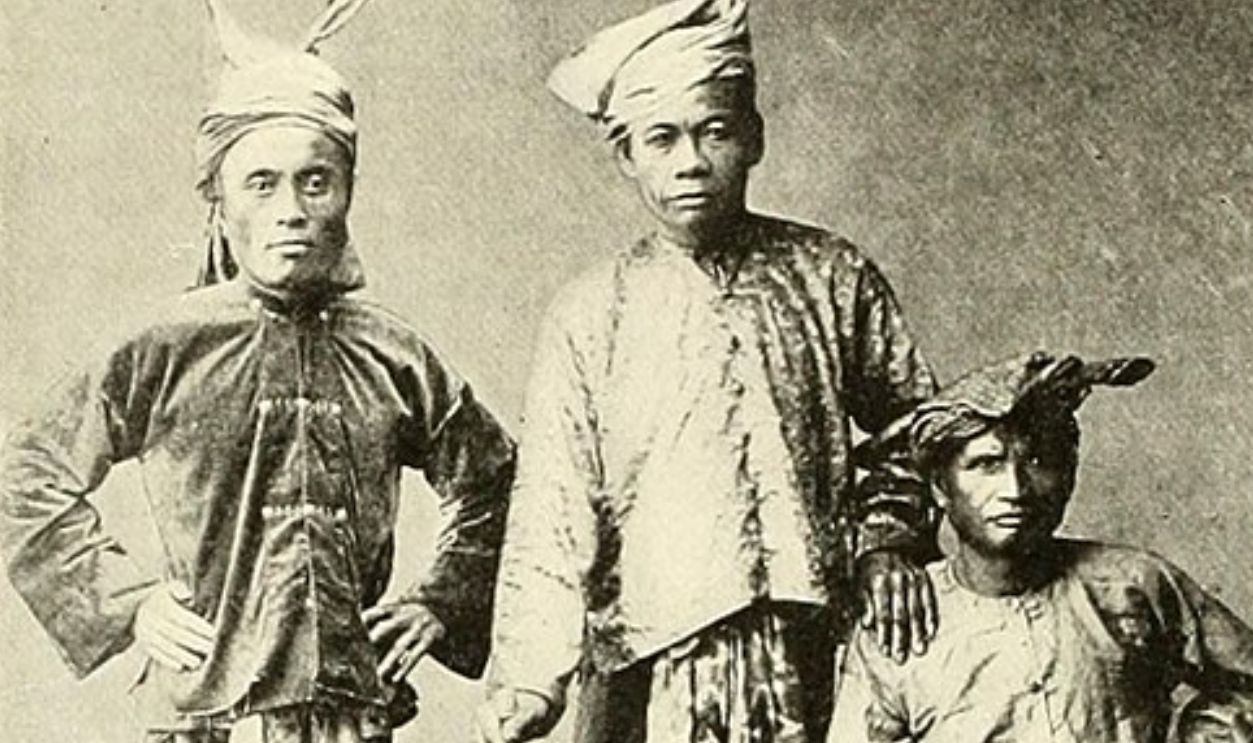 Internet Archive Book Images, Wikimedia Commons
Internet Archive Book Images, Wikimedia Commons
Its Location Attracts The Wrong Kind Of People
Historically, Jolo’s location made it a central point for traders traveling between China, the Malay world, and the rest of Southeast Asia. Unfortunately, its position also attracted pirates, colonizers, and insurgents.
Today, it remains strategically important for military surveillance, anti-piracy operations, and border security in the southern Philippines. But that doesn’t mean it's any safer now.
 Hugo Frederik Nierstrasz, Wikimedia Commons
Hugo Frederik Nierstrasz, Wikimedia Commons
The Government Has Serious Competition
Jolo is still considered a hotspot for smuggling, militant movements, and international snatchings. In fact, there are several armed rebel groups roaming the island. Some are big, organized groups, some are small clans, and some have even pledged loyalty to other international terror groups.
The most well-known group on the island is Abu Sayyaf Group (ASG)—and they’re utterly ruthless.
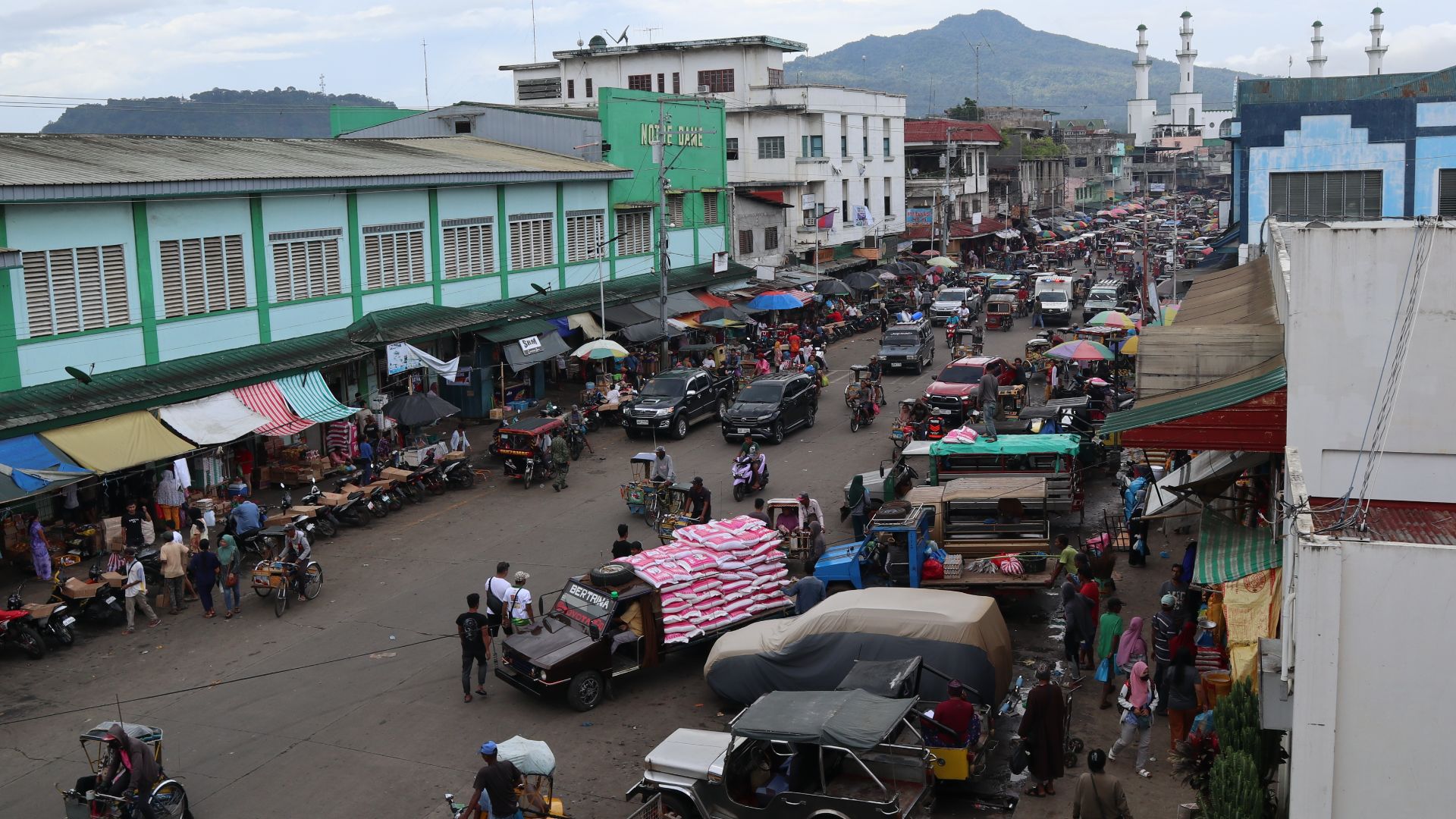 Patrickroque01, Wikimedia Commons
Patrickroque01, Wikimedia Commons
Southeast Asia's Most Notorious Group
Abu Sayyaf is a militant group that started in the 1990s. They’re infamous for a whole slew of horrific crimes, from snatching people and demanding ransom, to trafficking and terror attacks. They involve women and children with forced marriages and personal indignities; and substance trafficking isn’t off the table either.
They do the worst of the worst—and in 2004, they reminded us just how nasty they were.
They Target Tourists
Luckily for the Tausūg, this particular group is known to target foreign tourists and aid workers—which is one of the reasons travel is currently set to “Do Not Travel,” with the Sulu islands being specifically listed in bold. Not only them—as mentioned before, there is a serious presence of rebel groups, and they lurk around every corner.
But just because tourists are their target, doesn't mean it's safe for the locals either.
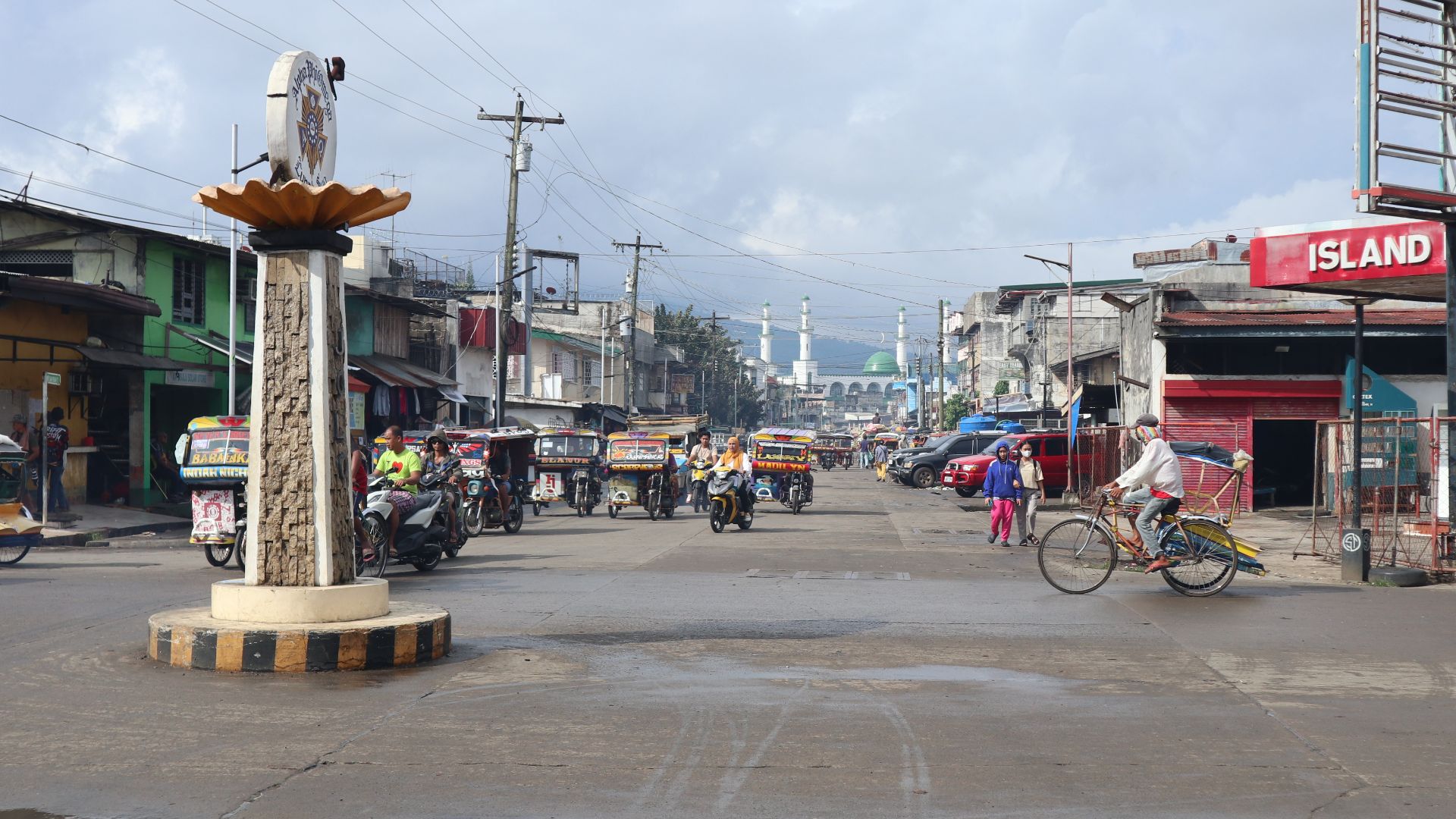 Patrickroque01, Wikimedia Commons
Patrickroque01, Wikimedia Commons
The Worst Terror Attack In The Philippines
In February 2004, a member of the group boarded the SuperFerry 14—a ferry carrying a large group of school children from one of the other islands and tourists. He planted a device containing 7.9 pounds of TNT in his cabin and then left again before the ferry departed.
A short time later, the ferry blew up, taking the lives of 116 people, including 15 children, with six of them being younger than five. Hundreds more were severely injured.
This event became the worst terror attack in history for the Philippines—and it really rocked the community.
Traditional Island Lifestyle
As mentioned, luxury is hard to find in Jolo. Many people live in simple wooden houses, often built on stilts and clustered in close-knit communities. Daily life revolves around fishing, farming, small-scale trade, and family.
Despite modern influences, traditional values and social structures remain strong—and this includes the darker traditions, too.
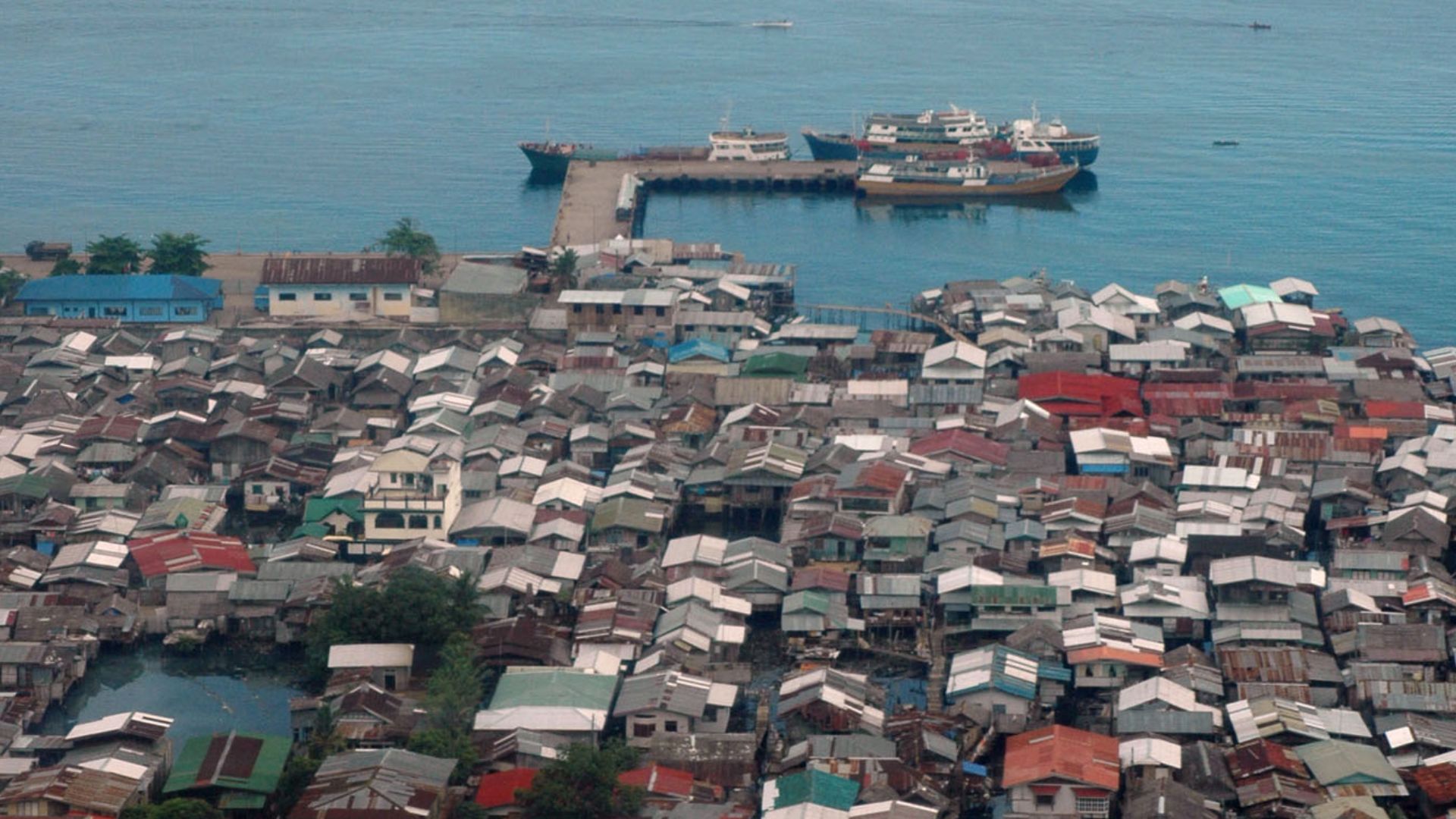 U.S. Navy photo by Photographer's Mate 3rd Class Timothy F. Sosa, Wikimedia Commons
U.S. Navy photo by Photographer's Mate 3rd Class Timothy F. Sosa, Wikimedia Commons
They Lack Amenities
Children often help their families with chores or selling goods in markets, and extended families usually live together. Electricity and clean water are limited in some areas, especially in rural communities. Mobile phones and satellite TV are popular, but internet access can be patchy.
And when it comes to familial ties—who your parents are matters.
The Wrong Crowd Is Hard To Avoid
Tausūg children on Jolo Island are in danger of many things—and joining the wrong crowd is one of them. Children born to rebel fathers will almost always be forced to join the terror groups. In fact, training starts as soon as they can walk. Many young boys will learn to aim before they learn to read.
And while their enemy is the government, and their targets often include tourists—they’ve recently narrowed in on a particular kind.
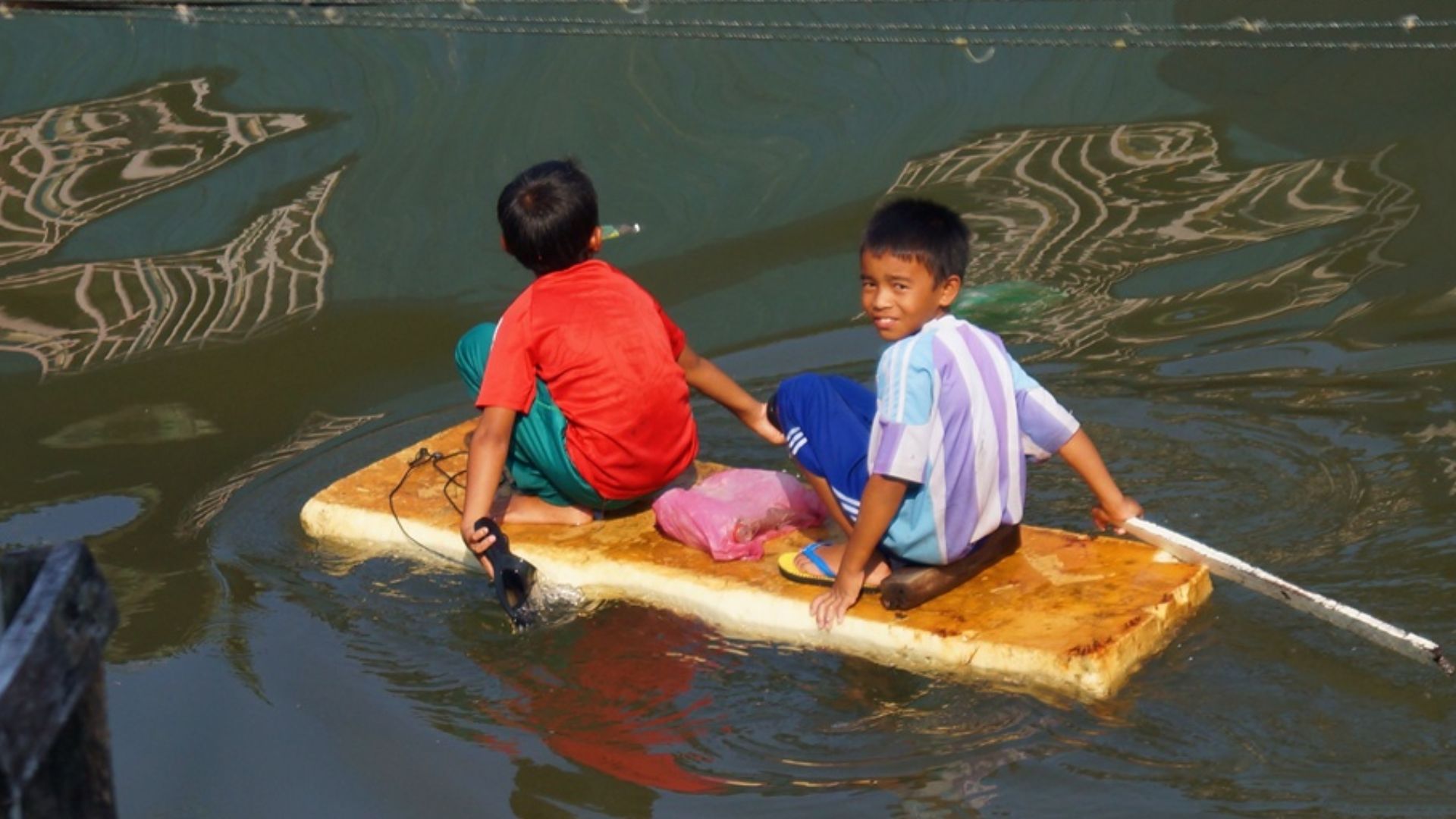 Aliazer Abdurajim, Wikimedia Commons
Aliazer Abdurajim, Wikimedia Commons
They Don’t Like Americans
While Filipinos are said to be the most common terror group targets, since 2011, there has been a significant rise in international tourist attacks, which mostly involve snatching and holding people for ransom.
But at one point, their focus shifted to Americans—and their reason is disturbing.
Put Your Dukes Up
An unnamed ASG spokesman allegedly stated, “We have been trying hard to get an American because they may think we are afraid of them”. He added, “We want to fight the American people”.
So, once again, we urge you not to travel to Jolo Island.
Military Presence Today
The Philippine Armed Forces maintain a strong presence on the island, including army, navy, and air units. Checkpoints, military camps, and foot patrols are part of daily life. This presence is both protective and, at times, a source of tension with locals, as we now know.
But something they can’t seem to get a handle on is the snatching—and more than a few tragic incidents have caused international outrage.
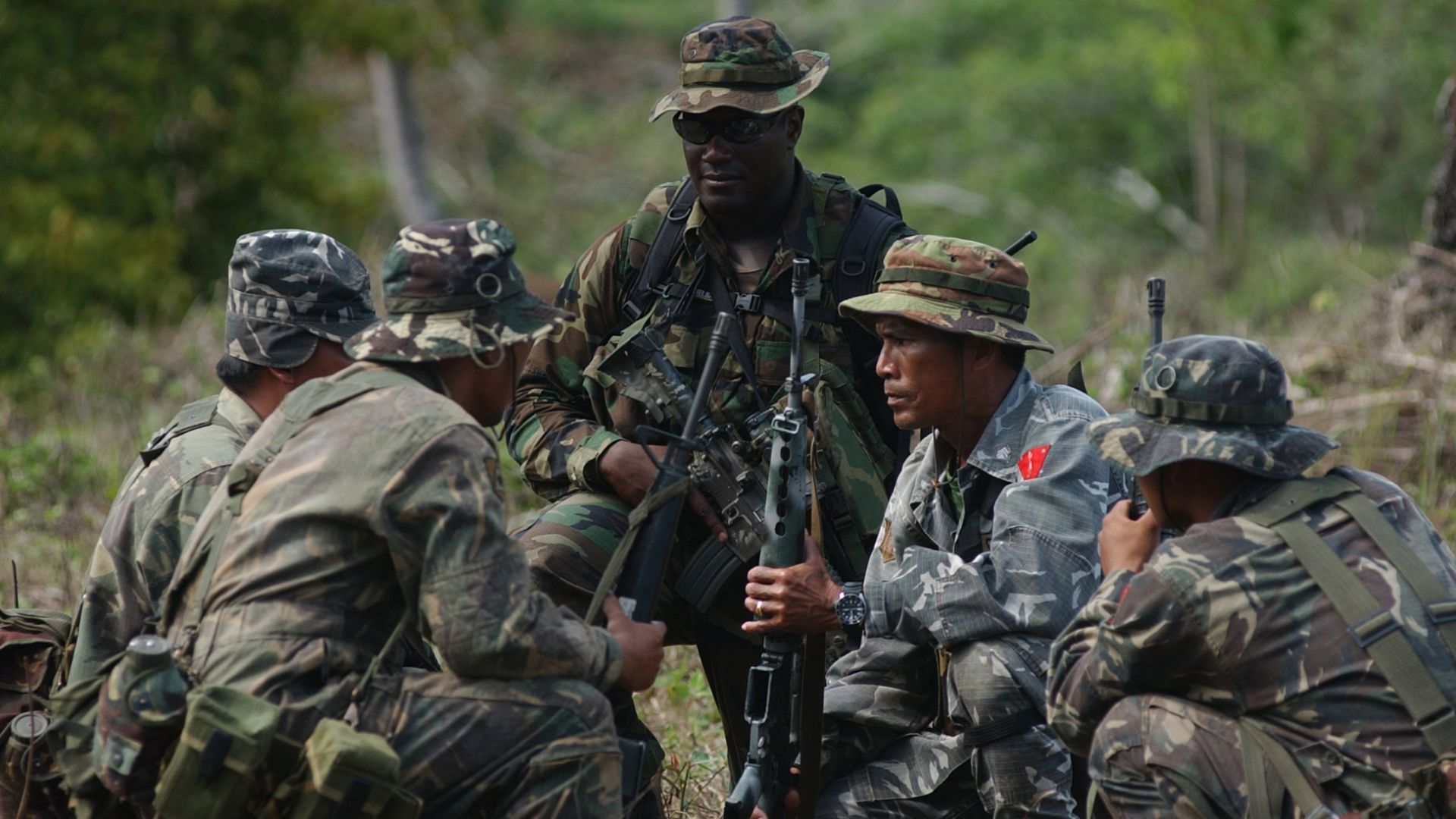 Edward G. Martens, Wikimedia Commons
Edward G. Martens, Wikimedia Commons
Meh, Not Worth It
The ASG likes to take their victims and hold onto them for a while first—particularly in hopes of getting a boatload of cash for their release. The problem here, though, is that many nations have a strict policy against paying ransoms...which means that unless the victim's family can come up with it (which sometimes happens), the hostages end up on the wrong side of the sword.
They Know Who To Target
Hostages can be anyone, from locals to opposing forces, but when they're looking for a payout they go internationally. Hostages include citizens of many countries, but most commonly Germany, Canada, and Indonesia. Some have been rescued; but many end up tragically executed.
Sadly, though, ASG's methods are fairly successful—and they usually get what they want.
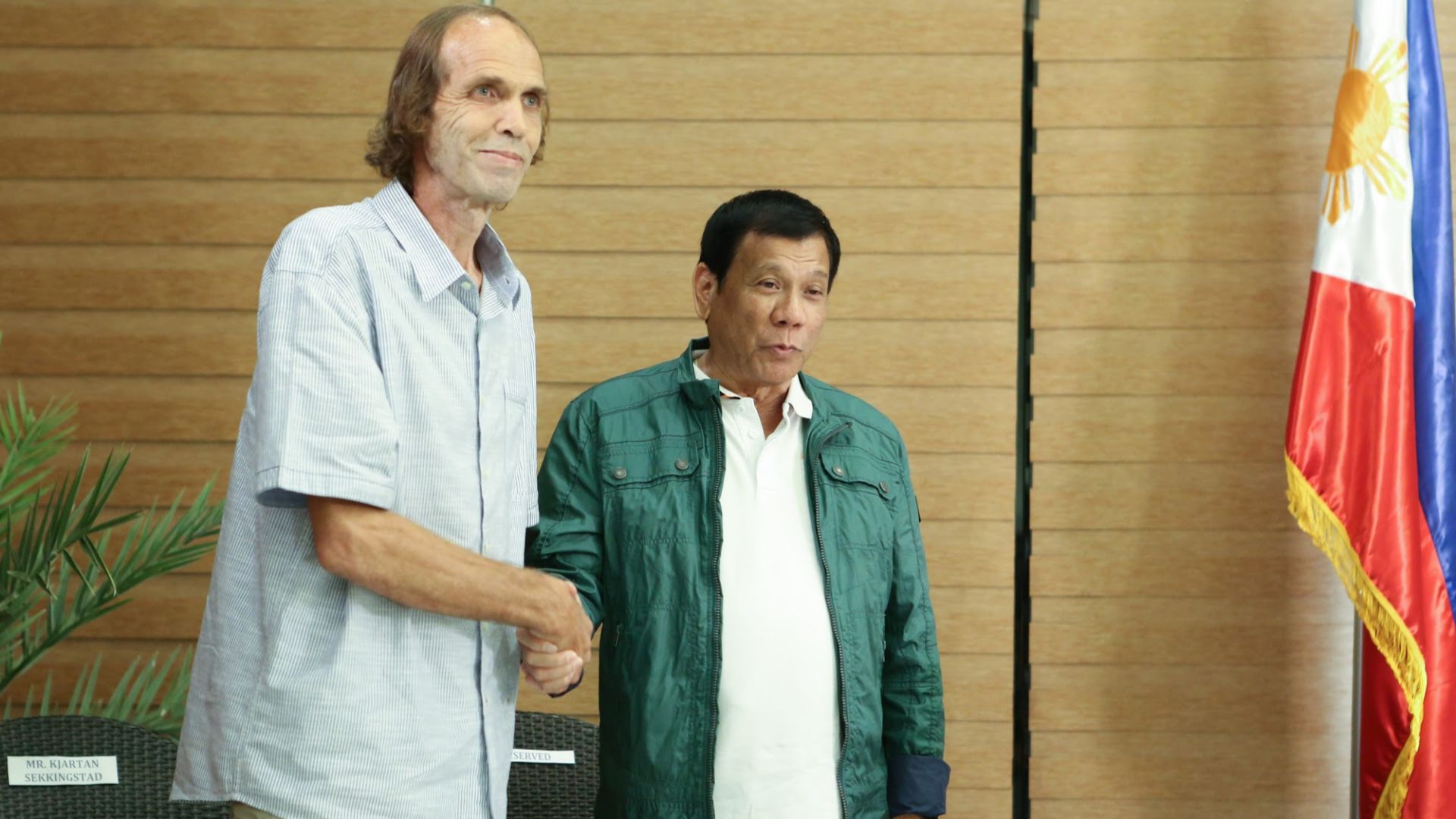 KARL NORMAN ALONZO/ PPD, Wikimedia Commons
KARL NORMAN ALONZO/ PPD, Wikimedia Commons
Taken From A High-End Resort
In September 2015, terror group guerrillas snatched four people from a high-end tourist resort on Samal Island: a man from Norway, two Canadian men, and a Filipino woman. After several months of being held hostage, the Canadians were beheaded when no ransom had been paid.
A month or so later, the woman was released. And a few months after that, the Norwegian man was released after he was able to secure and offer $638,000 for his release.
Guerilla Piracy
In 2016, the group demanded another million dollars for a group of Indonesian sailors, and 3 million for a group of Malaysian sailors. This time, they got their ransom and let everyone go.
But there are many other incidents where they quickly and easily beheaded their hostages simply to send a message.
They're Not All Bad
Despite the turmoil, Tausūg locals maintain vibrant social lives filled with tradition and mutual support. Families host regular gatherings and community prayers. People take pride in their heritage, even as they struggle with daily insecurity.
Actually, their culture is pretty fascinating.
The Culture Of Jolo
Horrific events aside, the traditional culture in Jolo is still intriguing all on its own. Tausūg culture is a mix of Islamic faith, maritime tradition, and warrior code. The kulintang (a traditional musical instrument) is used in ceremonies and celebrations. Oral storytelling, poetry, and epic chants are vital in preserving their history—especially with a reputation for heinous corruption.
Traditional Clothing
Tausūg men wear baju kamisa (long shirts) and sarongs, while women dress in brightly colored garments with headscarves. Clothing often features hand-woven fabrics and beadwork. Dress is both a marker of identity and religious modesty.
While their culture may still be intact—a future for their children looks grim.
School Is A Privilege
While public and Islamic schools exist, many children don’t attend school at all due to conflict or poverty. Since transportation is scarce, most children would have to walk through dangerous jungle terrain to get to school—a risk not worth taking. That, and some children are forced to work instead, as their families may need help putting food on the table.
Literacy rates are significantly lower than the national average. Still, education is seen as a key path to peace and progress, and they certainly do their best.
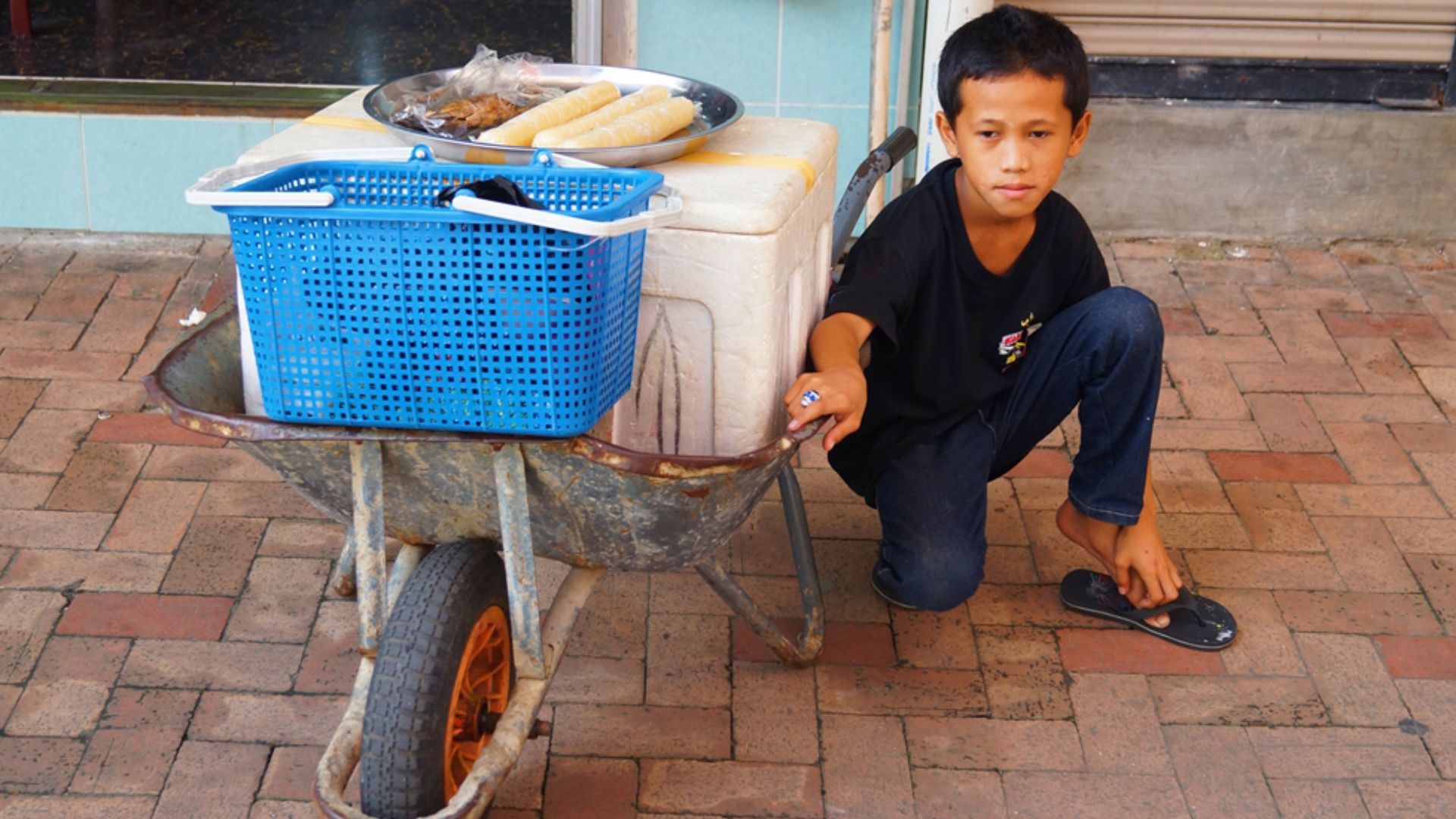 Aliazer Abdurajim, Wikimedia Commons
Aliazer Abdurajim, Wikimedia Commons
They Have A Different Approach To Healthcare
Since Jolo island is part of the Philippines, it is not considered a third-world country. But many parts of the island struggle with basic necessities—and healthcare is a big one.
Small, basic hospitals and clinics exist, but often lack supplies and trained staff. Instead, many people rely on traditional healers or travel to Mindanao for treatment. Access to maternal and child healthcare is a serious concern. Many mothers die from complications during childbirth, and many infants die from untreated illnesses.
The island does receive funding from the government, but it’s never enough. And they certainly can’t rely on tourism.
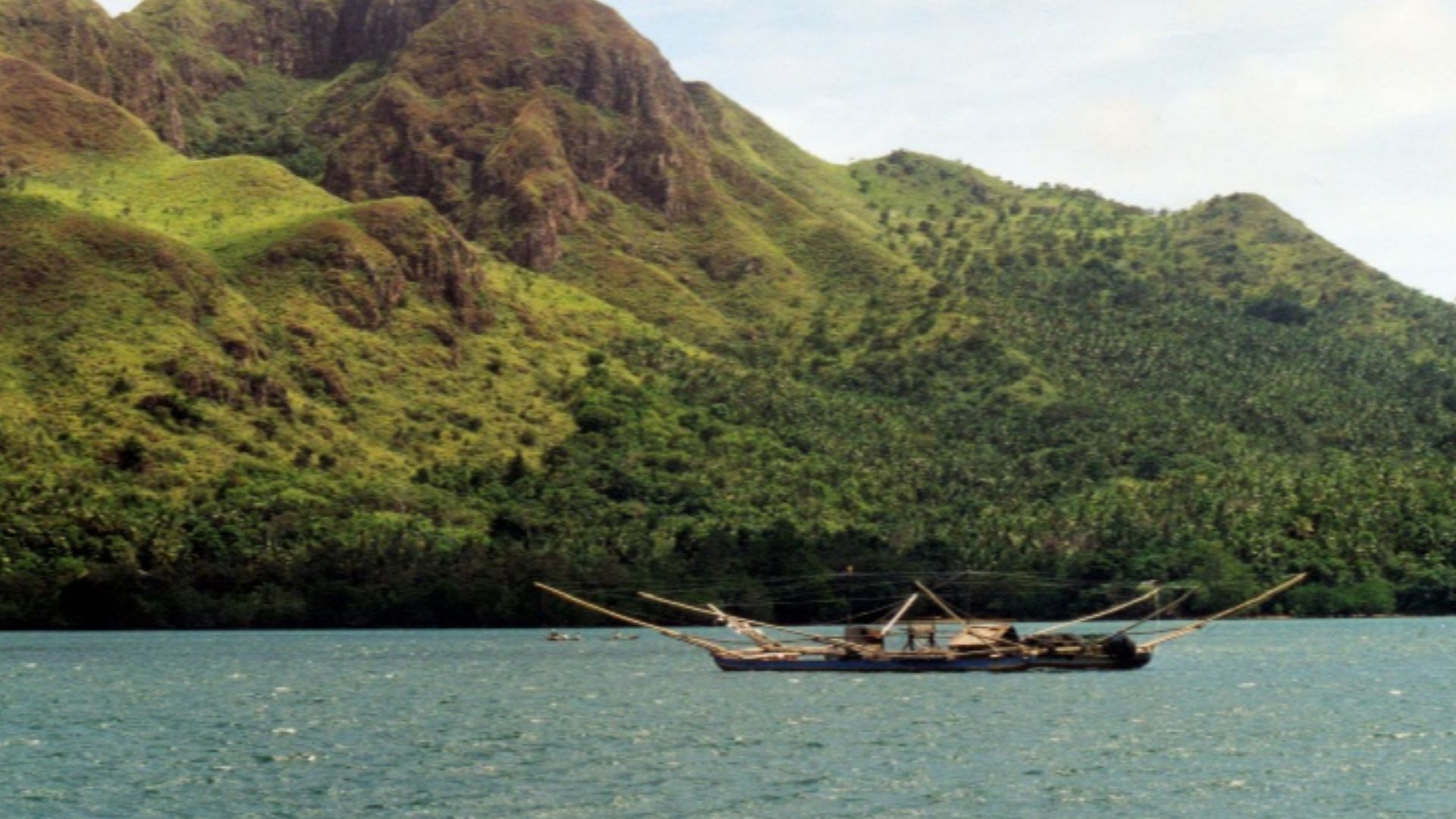 Dr.A.Hugentobler, Wikimedia Commons
Dr.A.Hugentobler, Wikimedia Commons
Tourism Is Not Recommended
Because of safety concerns, very few tourists visit Jolo. As we know, it’s extremely dangerous. Some adventurous travelers or journalists brave the trip—but only with military escort. And even then, they aren’t safe.
While there is potential for eco-tourism, it remains largely untapped. However, one part of the island has made a pretty decent attempt.
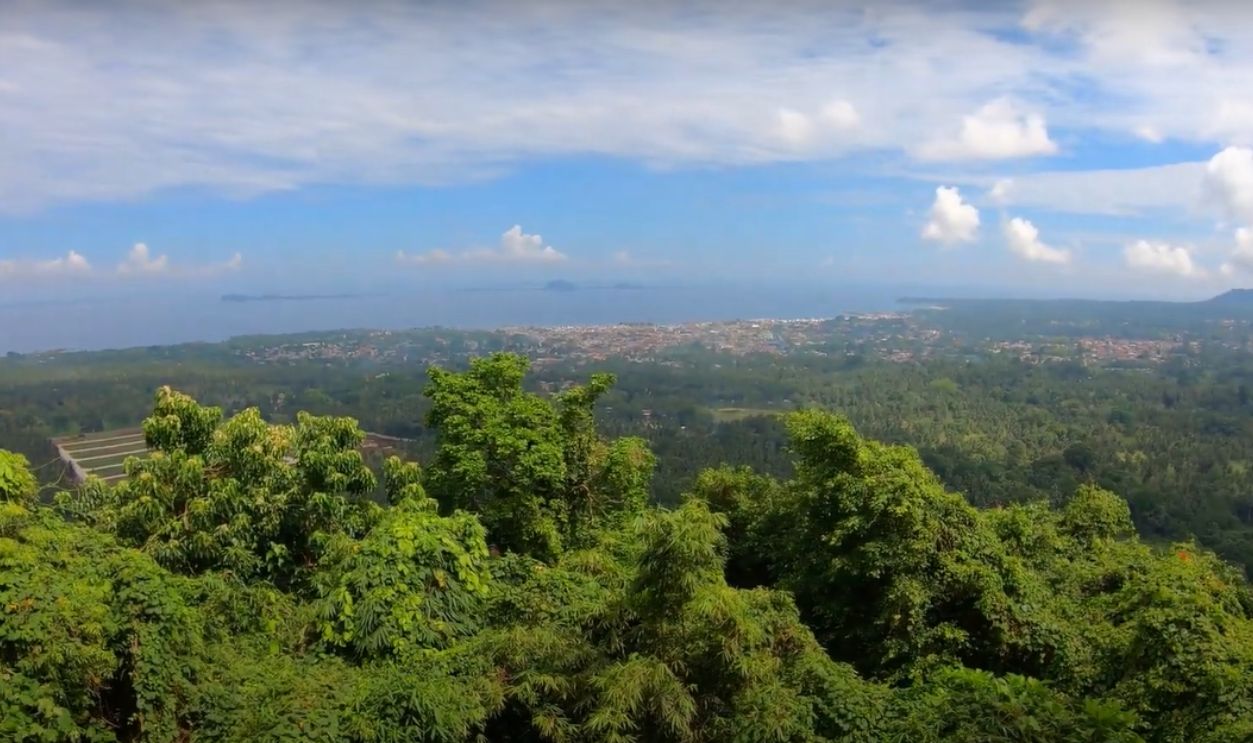 TRIP TO BUD DATU IN 2022-The Royal Mountain | Tagbak, Indanan, Sulu, Philippines, Dren Shady
TRIP TO BUD DATU IN 2022-The Royal Mountain | Tagbak, Indanan, Sulu, Philippines, Dren Shady
A Breath Of Fresh Air
Bud Datu (The Hill of Rulers) is the best attempt at eco-tourism in Sulu—and it’s not too shabby. It’s a military camp situated upon a mountain that is said to be one of the “safest” and “most scenic” places for visitors. It doesn't offer much, but those who have been call it "a breath of fresh air".
It isn't totally boring, either.
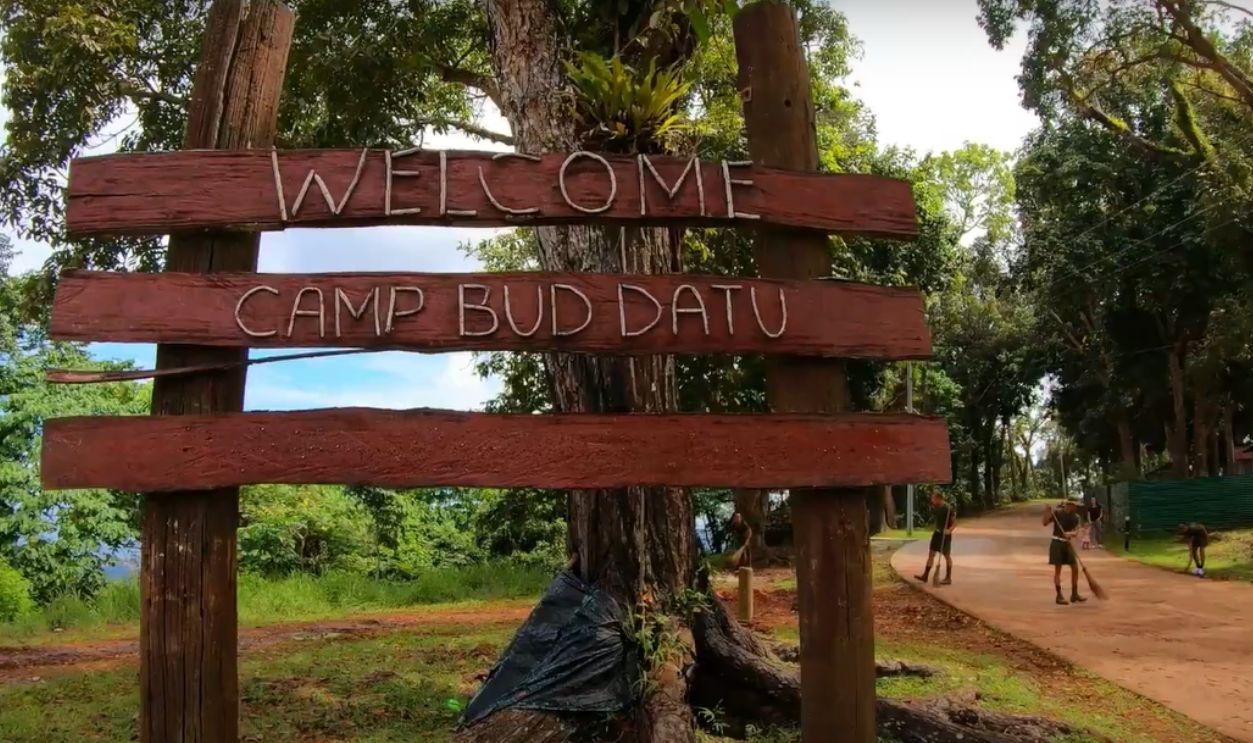 TRIP TO BUD DATU IN 2022-The Royal Mountain | Tagbak, Indanan, Sulu, Philippines, Dren Shady
TRIP TO BUD DATU IN 2022-The Royal Mountain | Tagbak, Indanan, Sulu, Philippines, Dren Shady
Keeping It Soft And Fuzzy
The little camp on Bud Datu boasts stunning panoramic views, and a “mini-zoo” that features birds, monkeys, and deer. It’s nothing fancy, but its an attempt at creating a peaceful environment amid a land under constant fire.
But this mountain-top camp isn’t the only sight for sore eyes on Jolo.
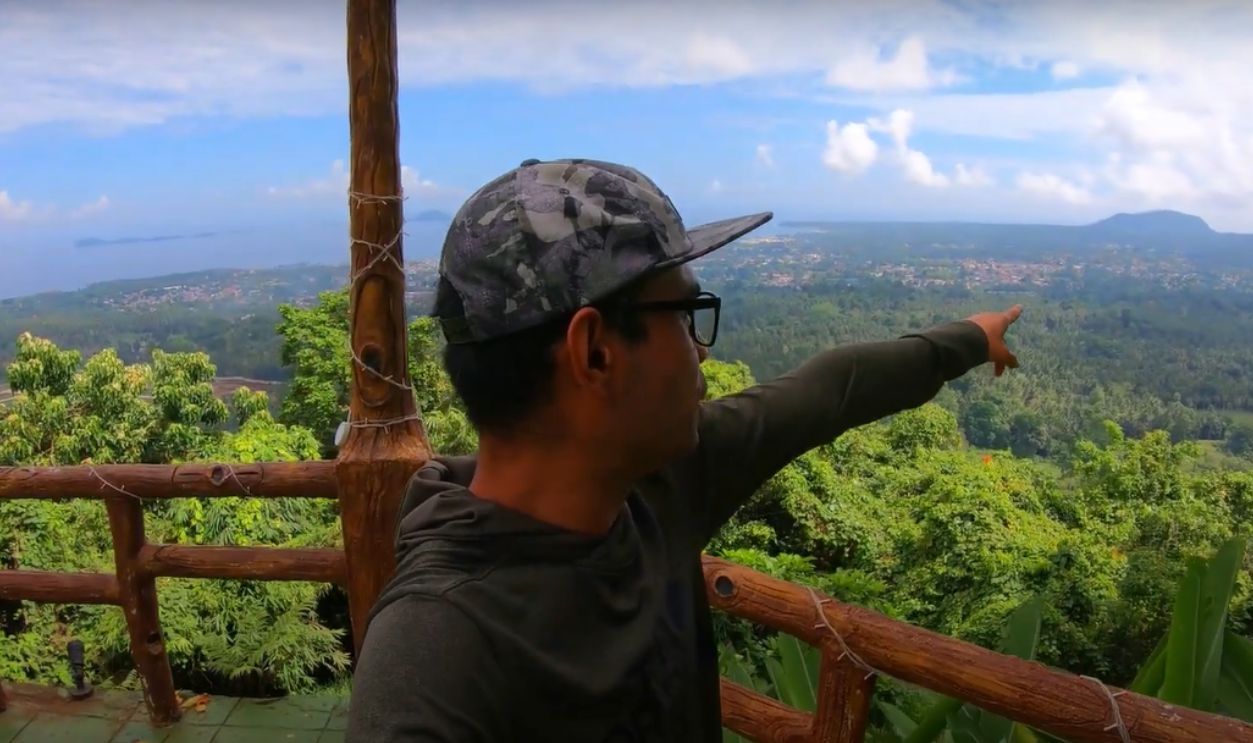 TRIP TO BUD DATU IN 2022-The Royal Mountain | Tagbak, Indanan, Sulu, Philippines, Dren Shady
TRIP TO BUD DATU IN 2022-The Royal Mountain | Tagbak, Indanan, Sulu, Philippines, Dren Shady
It Is An Island After All
Jolo boasts incredibly beautiful white sand beaches, coral reefs, and the forested Bud Dajo volcano. Nature remains mostly untouched due to limited development. With peace, the island could become a natural wonder destination.
And according to some sources, this may be a dream closer to coming true than we might expect.
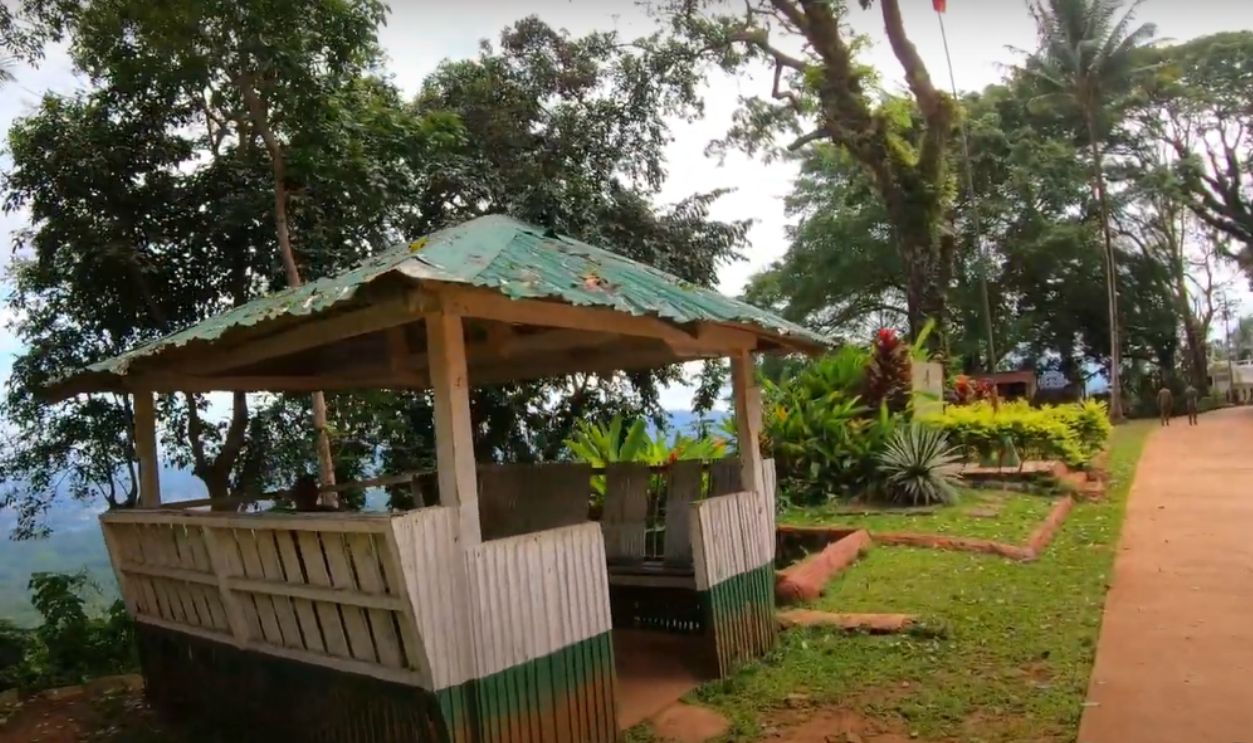 TRIP TO BUD DATU IN 2022-The Royal Mountain | Tagbak, Indanan, Sulu, Philippines, Dren Shady
TRIP TO BUD DATU IN 2022-The Royal Mountain | Tagbak, Indanan, Sulu, Philippines, Dren Shady
Moving Toward Peace
While many rebel groups still exist in Jolo today, the Abu Sayyaf Group has greatly lost their strength. Many of its members are hiding out in the jungle and mountains. The Philippine army claims to have taken back control on many parts of the island, slowly taking out their leaders.
And rather than end all of their lives—they haven taken a different approach.
They Save Some
The military doesn't kill every Abu Sayyaf member they come across. If they can convince them to repent, then they go that route instead. And while you may be thinking this is crazy, their reason is actually quite heartwarming.
They Were Victims Too
Many of the younger Abu Sayyaf men were captured by the group as small children and forced to join. Young boys were taken from their villages and turned into armed guards for hostages while they were trained how to use a sword. They were starved, beaten, and forced to carry out horrific acts.
Some boys were as young as four and five when they were taken and have very distant memories of their families—if any at all.
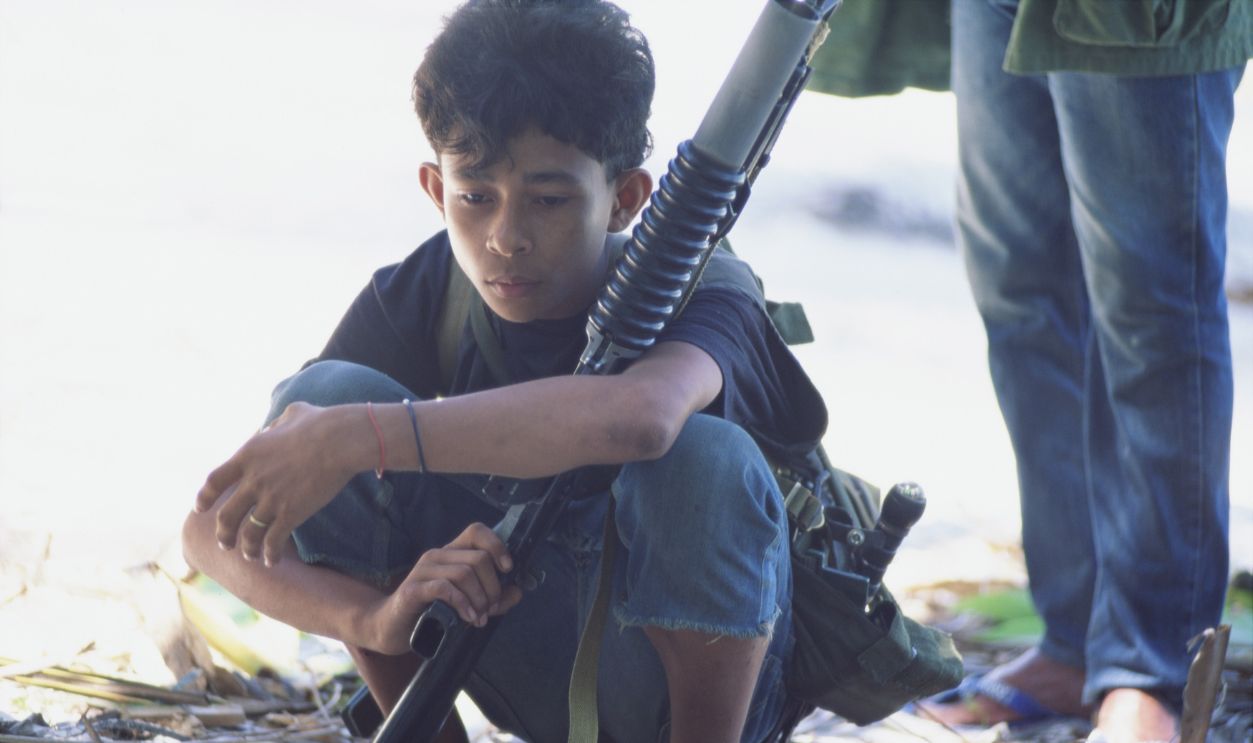 Eric-Paul-Pierre PASQUIER, Getty Images
Eric-Paul-Pierre PASQUIER, Getty Images
They Didn't Know Any Different
These men never learned to read, let alone anything else of basic importance. So, today, as young men in their twenties, they are finally receiving an education—and a new perspective.
However, it should be noted that the island is still considered extremely dangerous. They aren't exactly out of the woods yet.
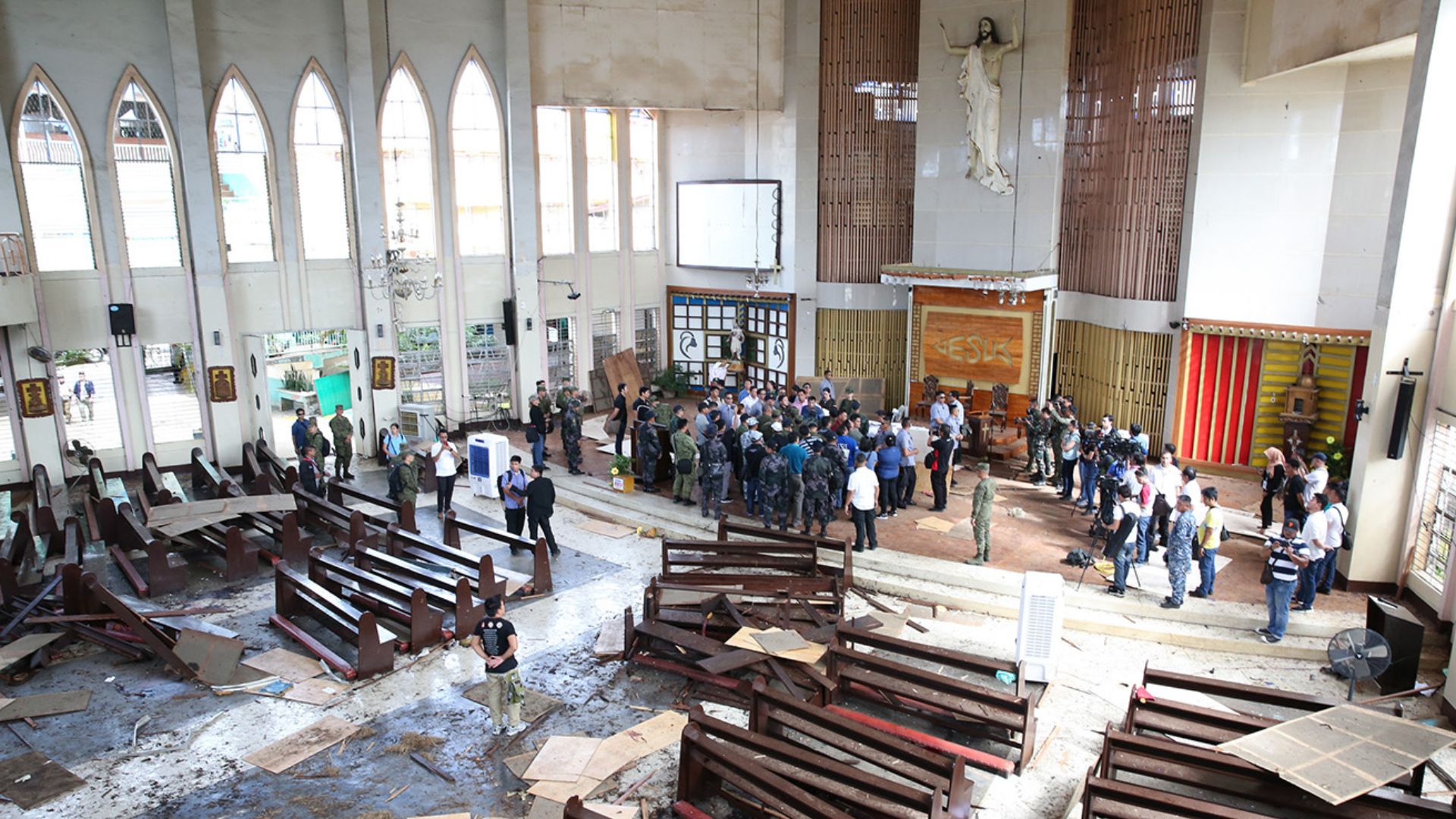 ALBERT ALCAIN/PRESIDENTIAL PHOTO, Wikimedia Commons
ALBERT ALCAIN/PRESIDENTIAL PHOTO, Wikimedia Commons
A Place Of Complexity
Jolo is a place of contradictions—rich culture amid violence, beauty surrounded by hardship. It reflects broader struggles in the Philippines over history, autonomy, and justice. Understanding Jolo means seeing both its pain and its potential.
Why Jolo Matters
Jolo may be remote, but its story is tied to global issues: religious identity, colonial legacy, and the pursuit of peace. Its people have endured much and deserve to be known for more than conflict. Let’s hope the future tells a better story.
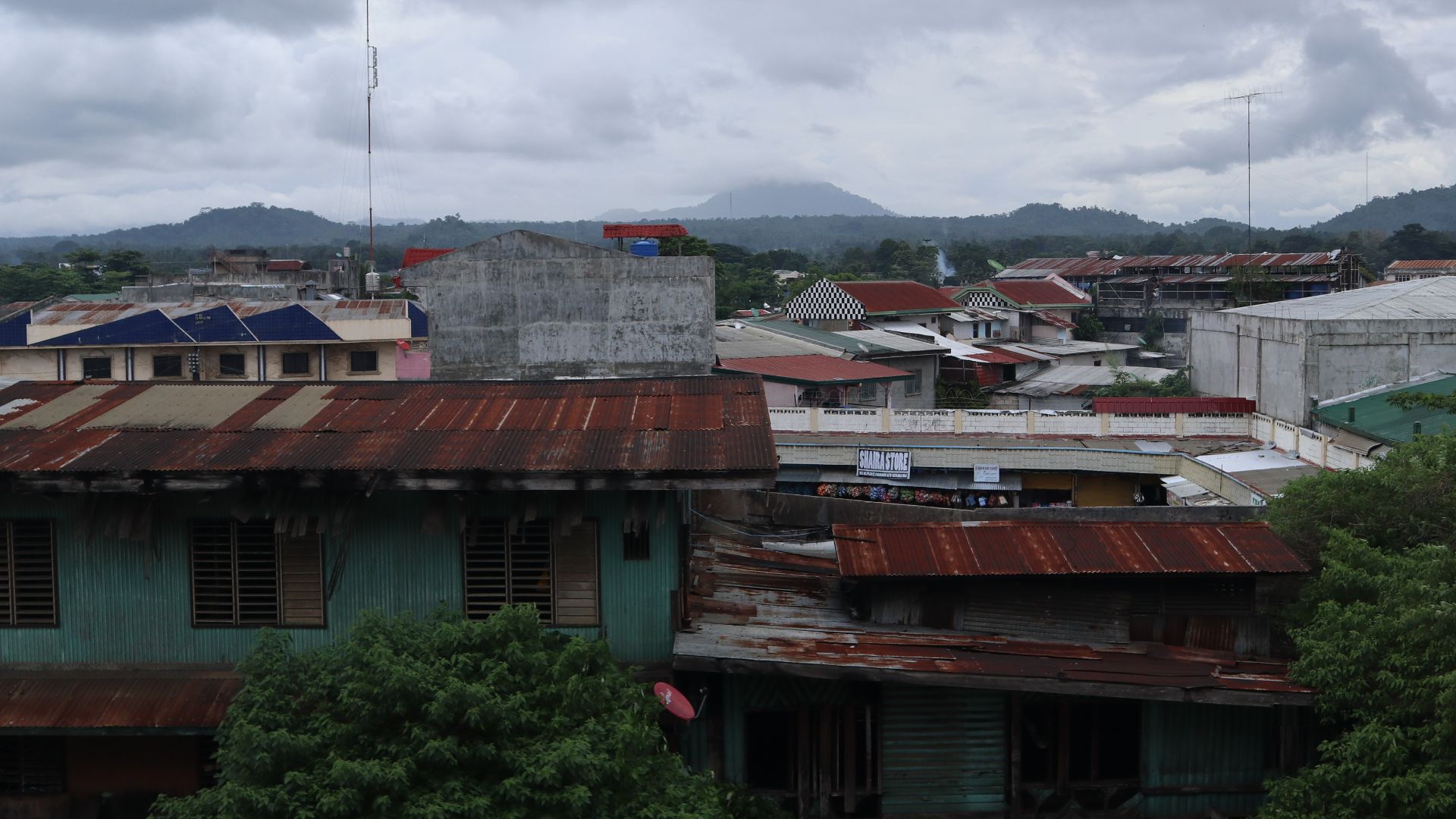 Patrickroque01, Wikimedia Commons
Patrickroque01, Wikimedia Commons
You May Also Like:
The Riskiest European Cities According To Crime Statistics
Travel shaming is at an all-time high in many tourist hotspots. Are you part of the problem?
17 Of The World's Most Dangerous Beaches

